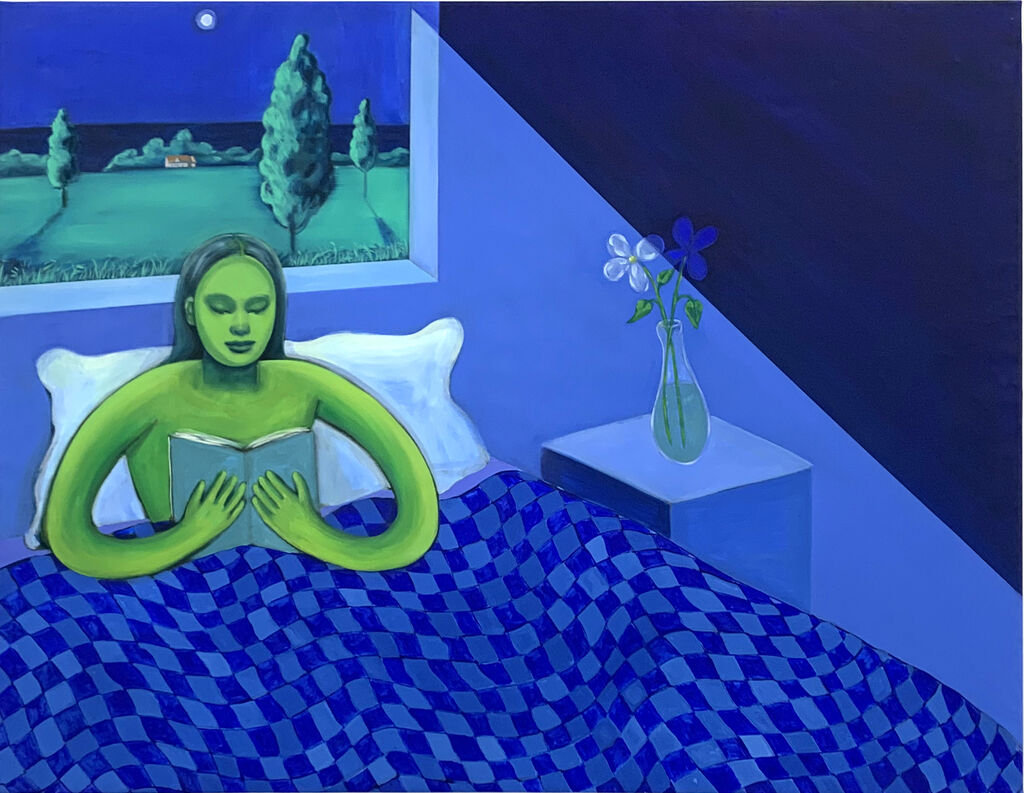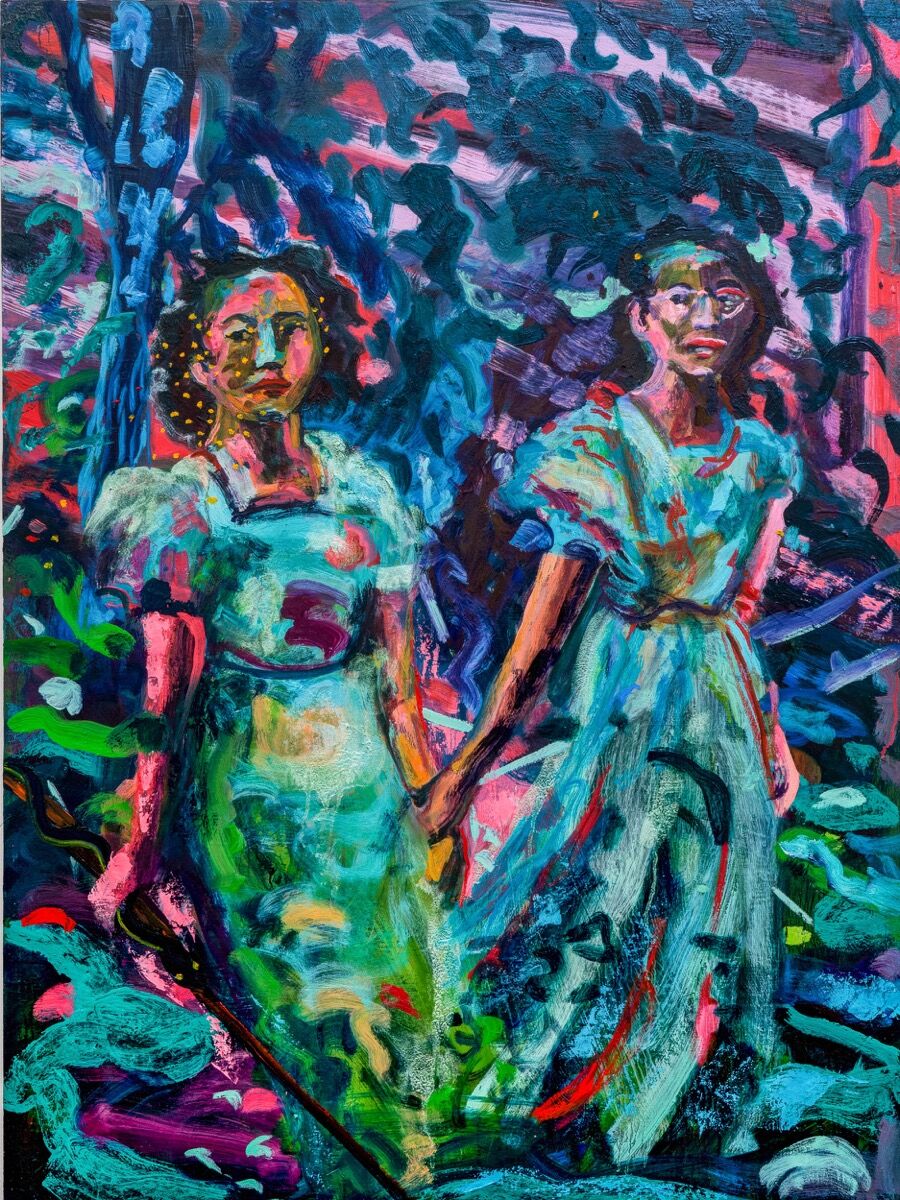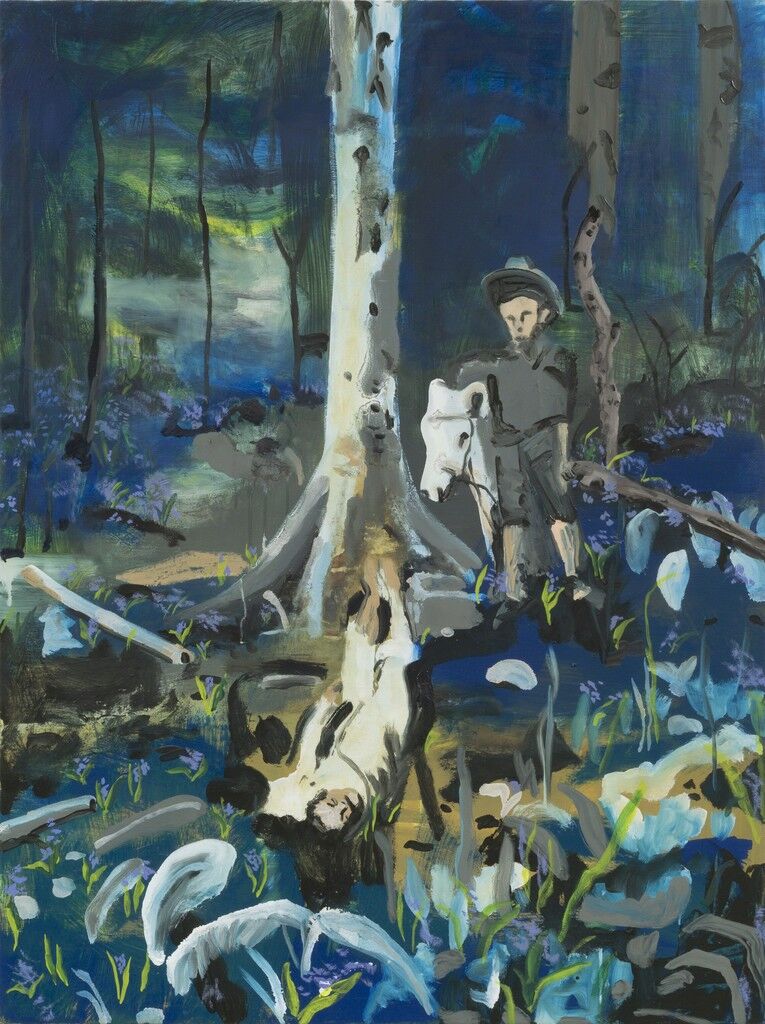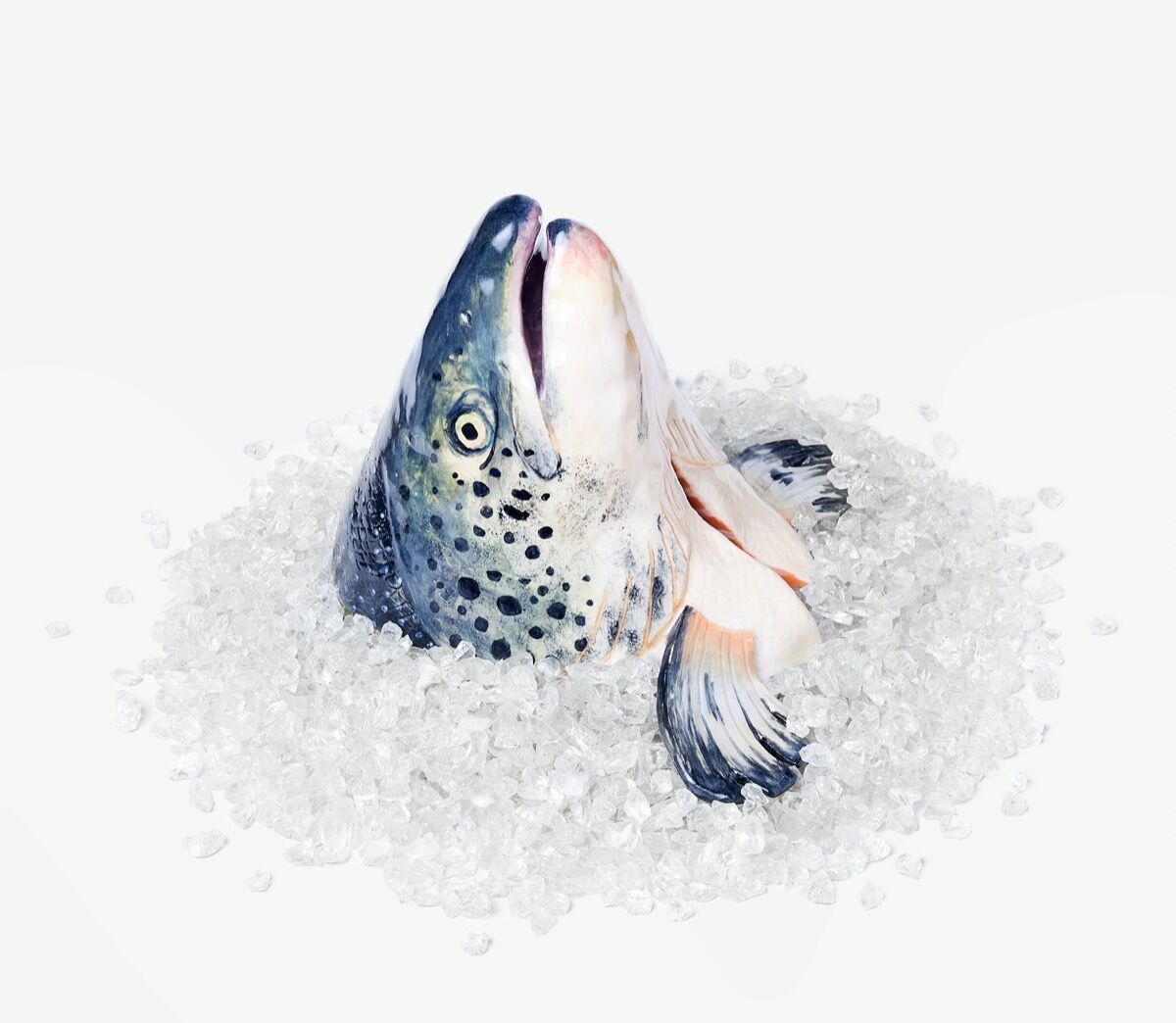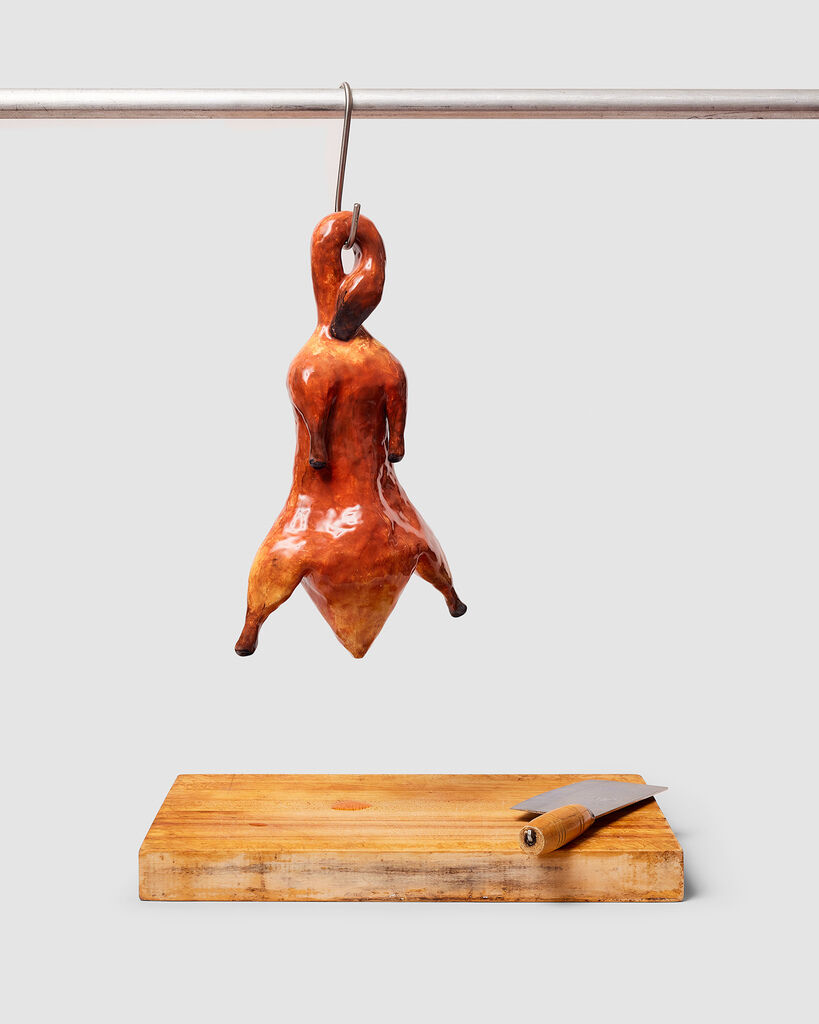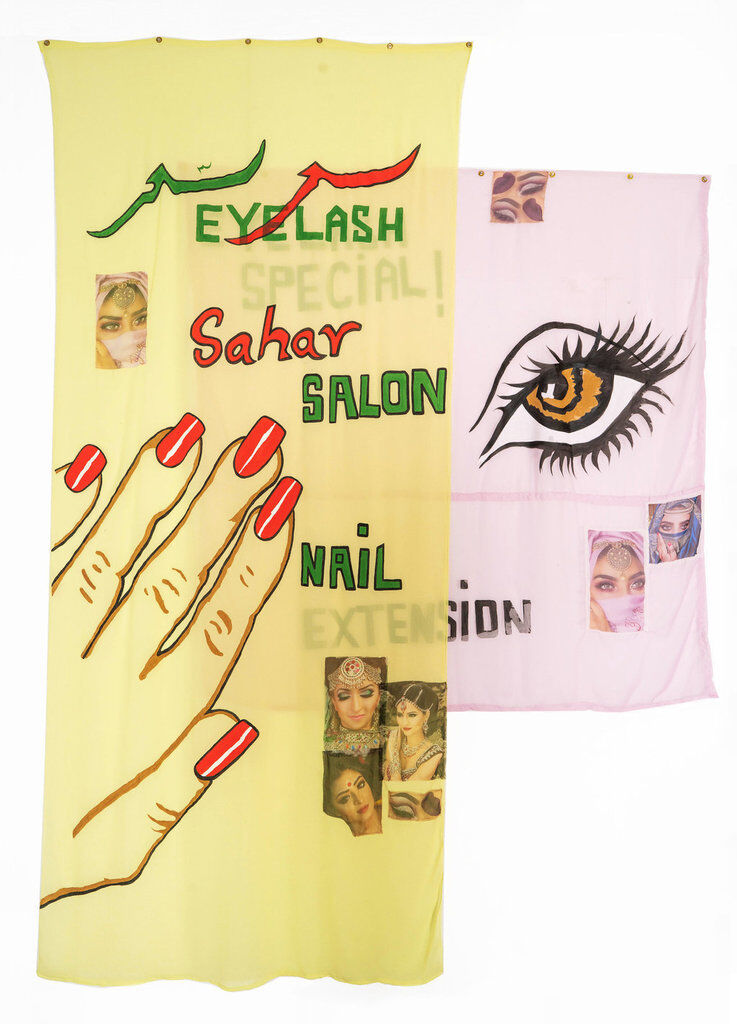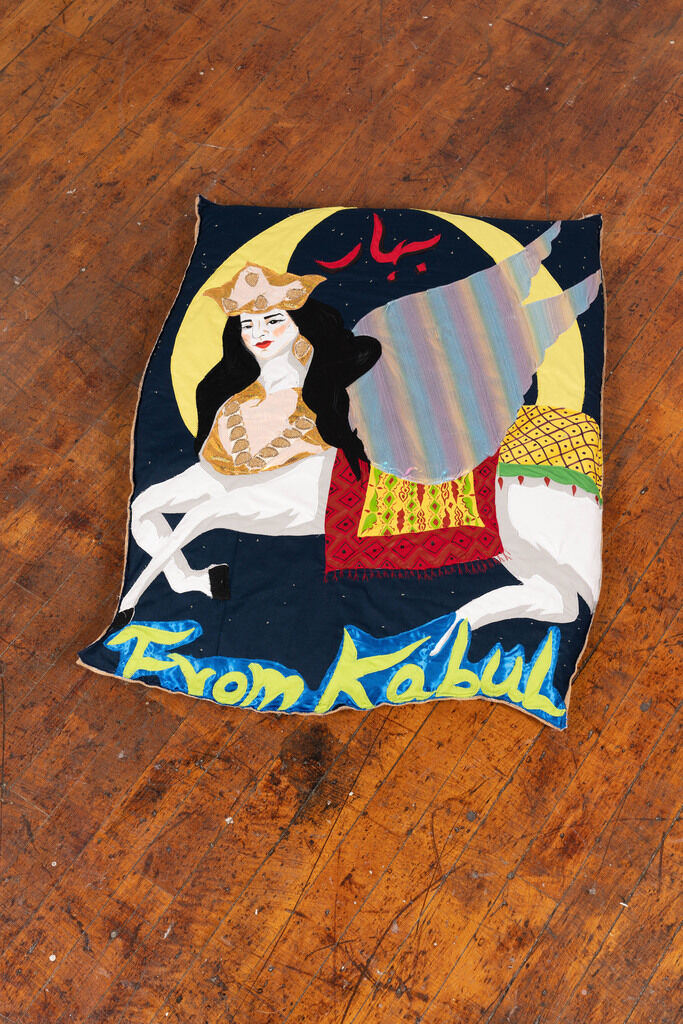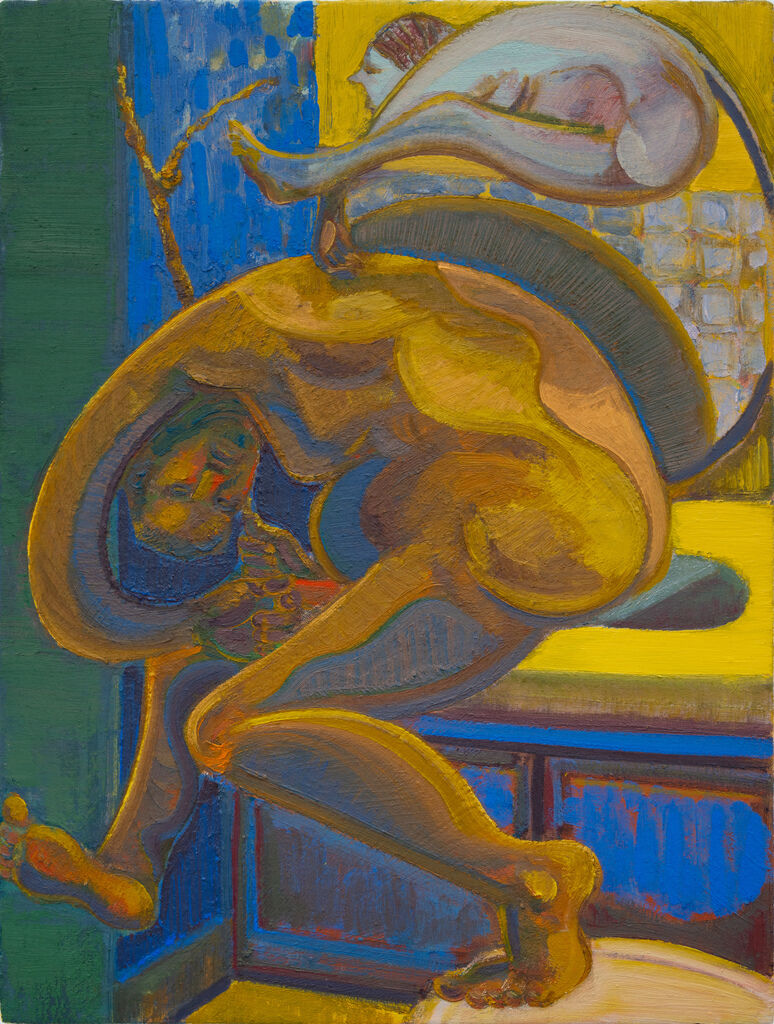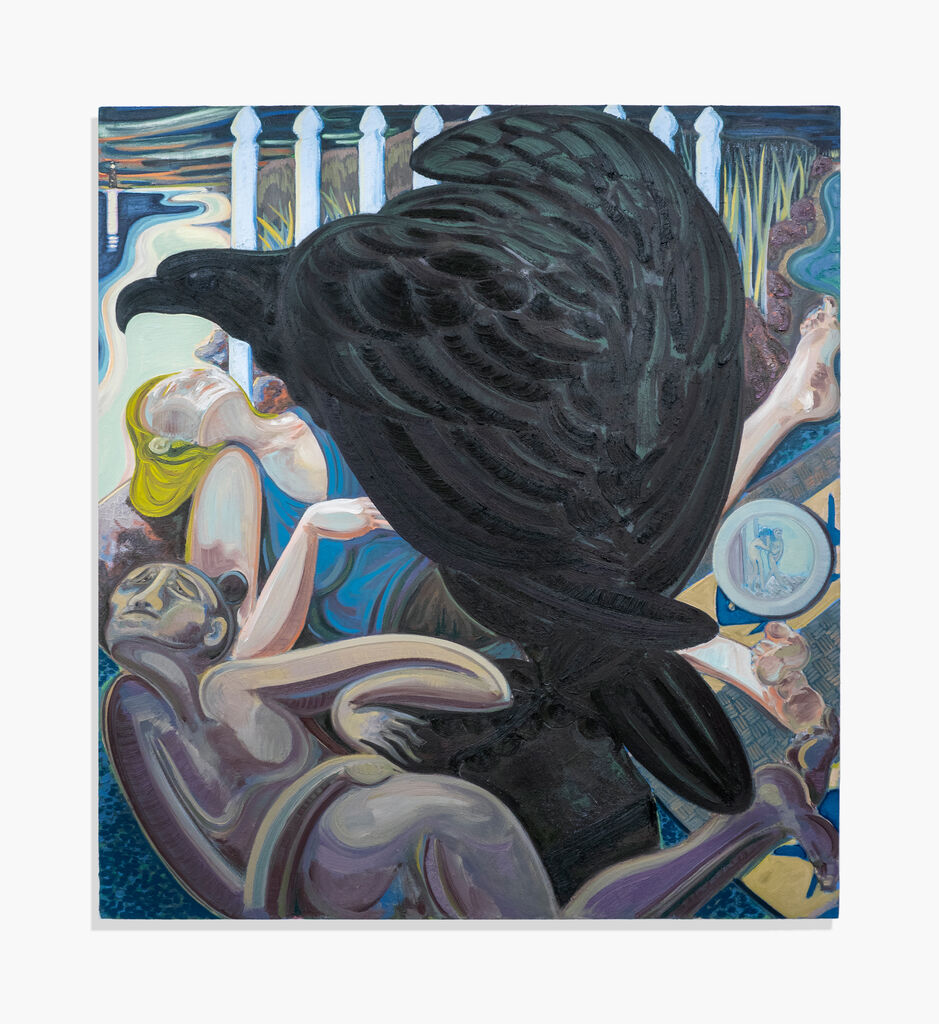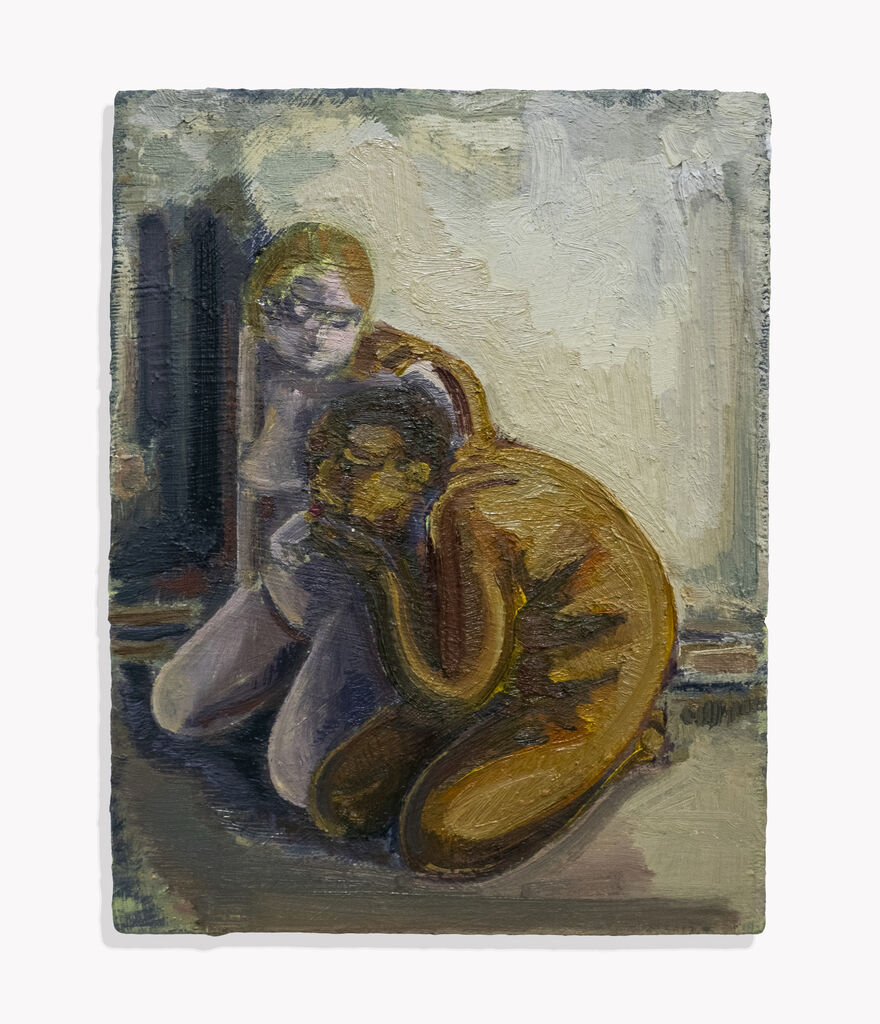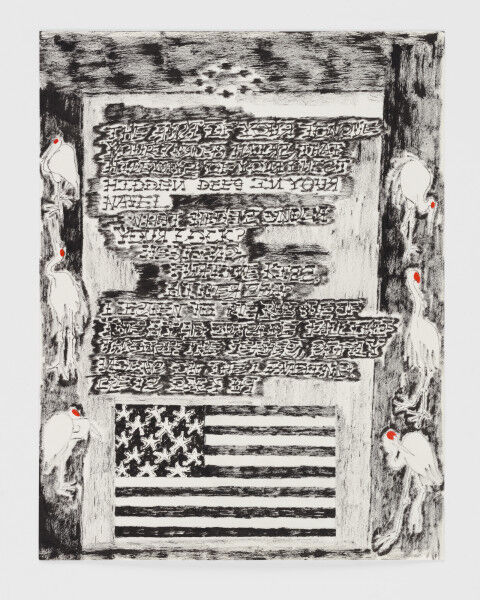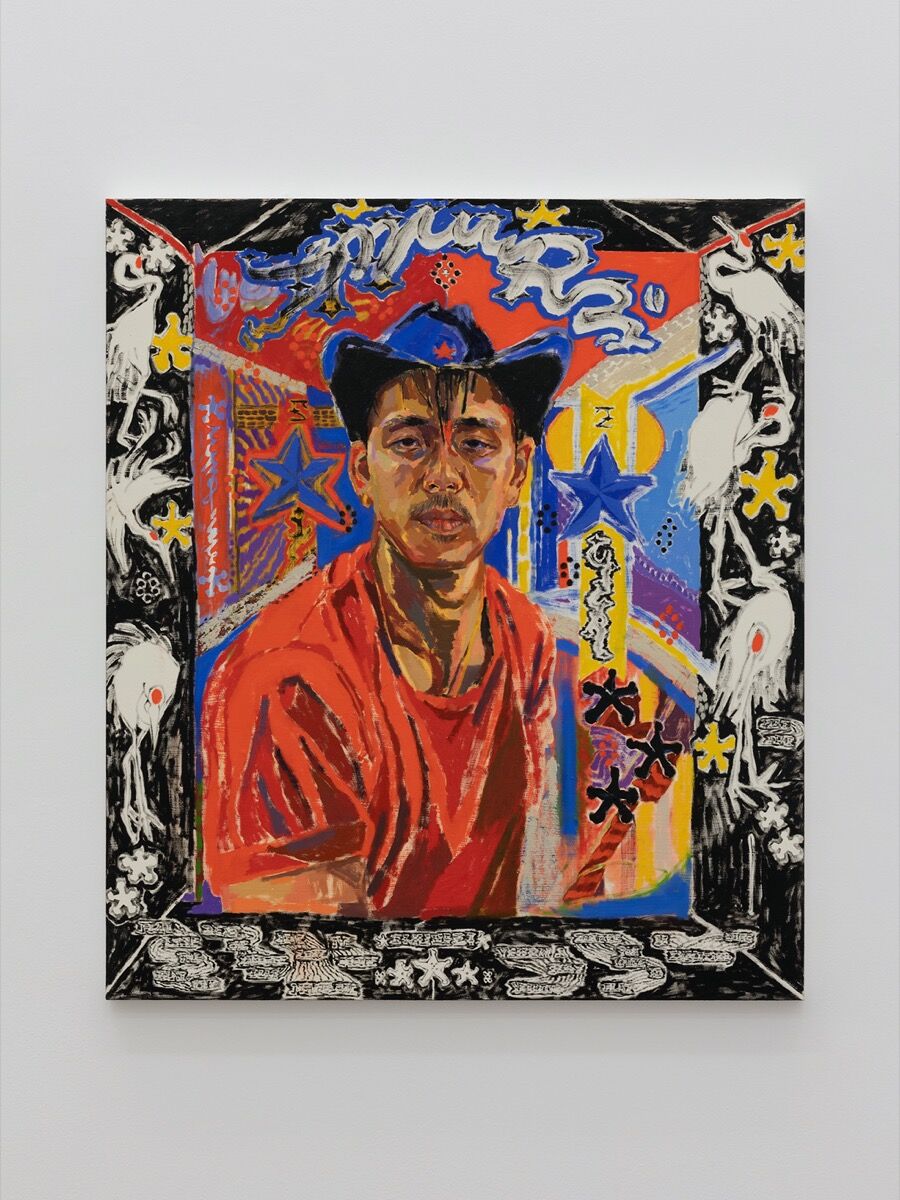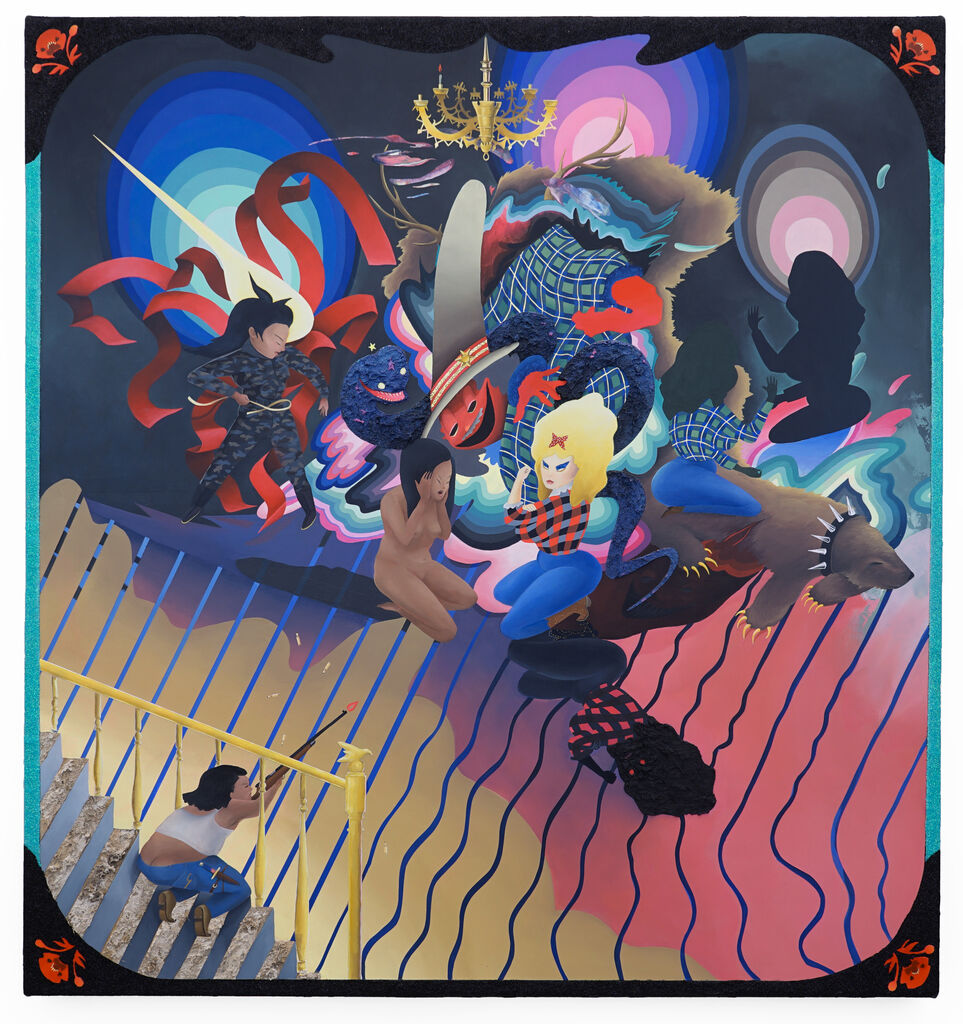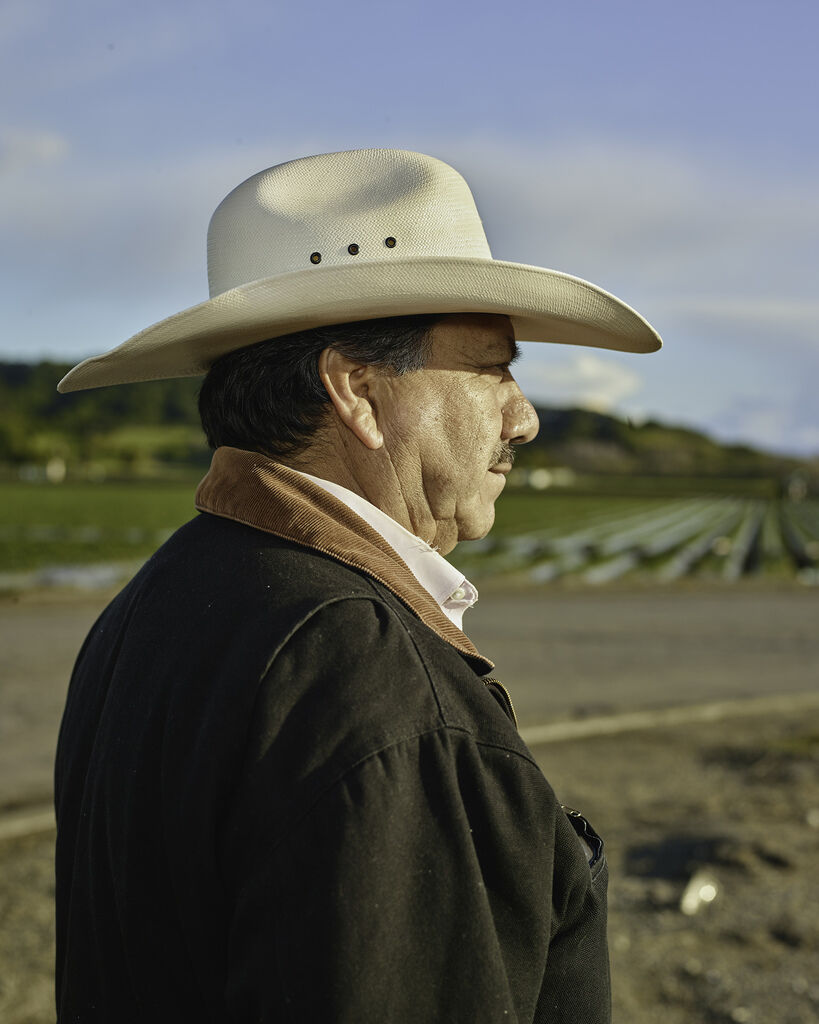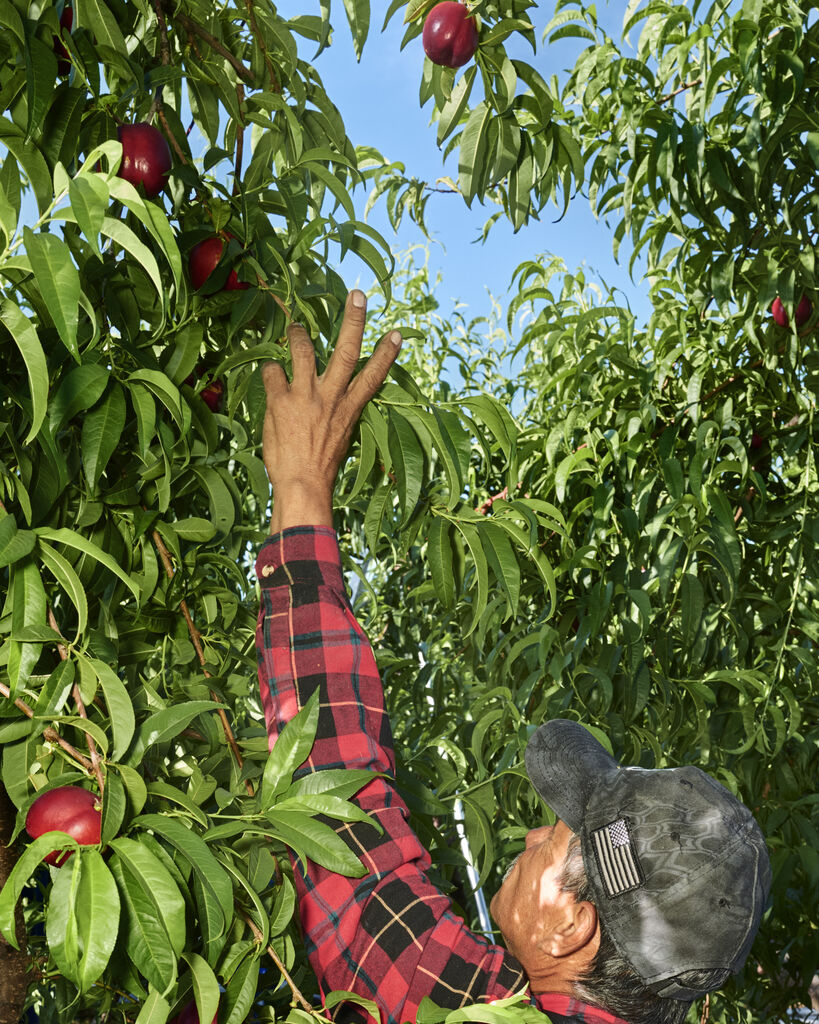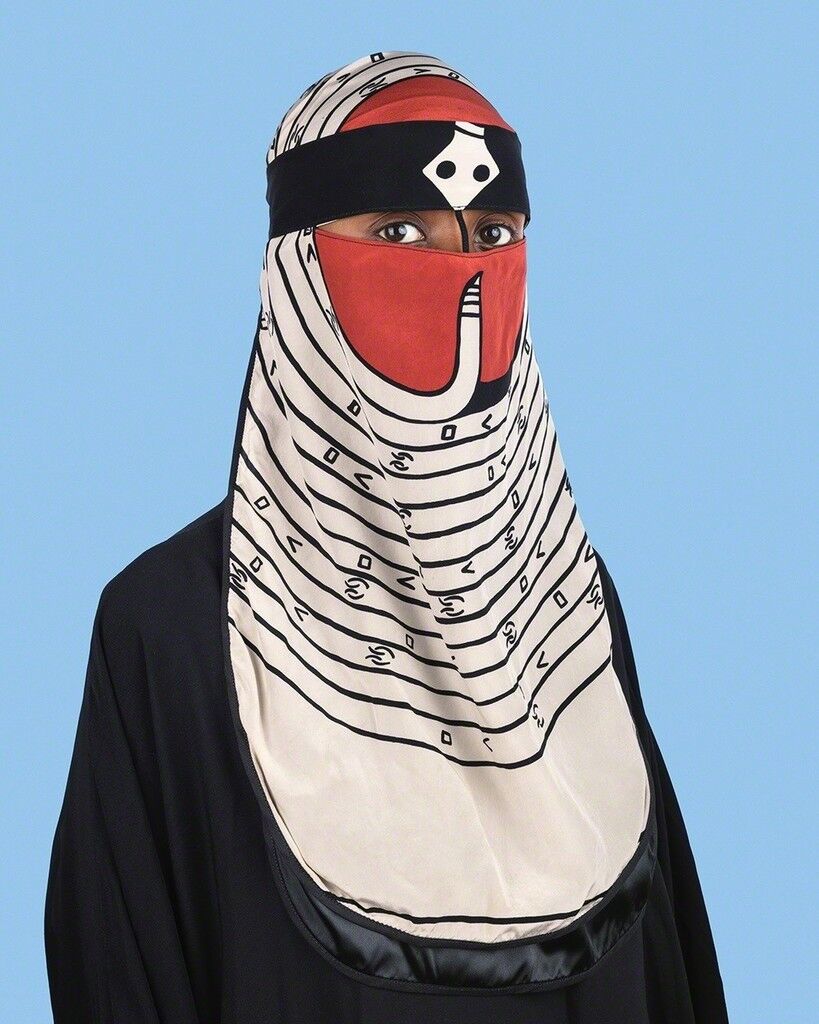16 Rising Artists of the Asian Diaspora in the United States

Bambou Gili, Ghost Ciggie, 2020. Courtesy of artist and Monya Rowe Gallery.
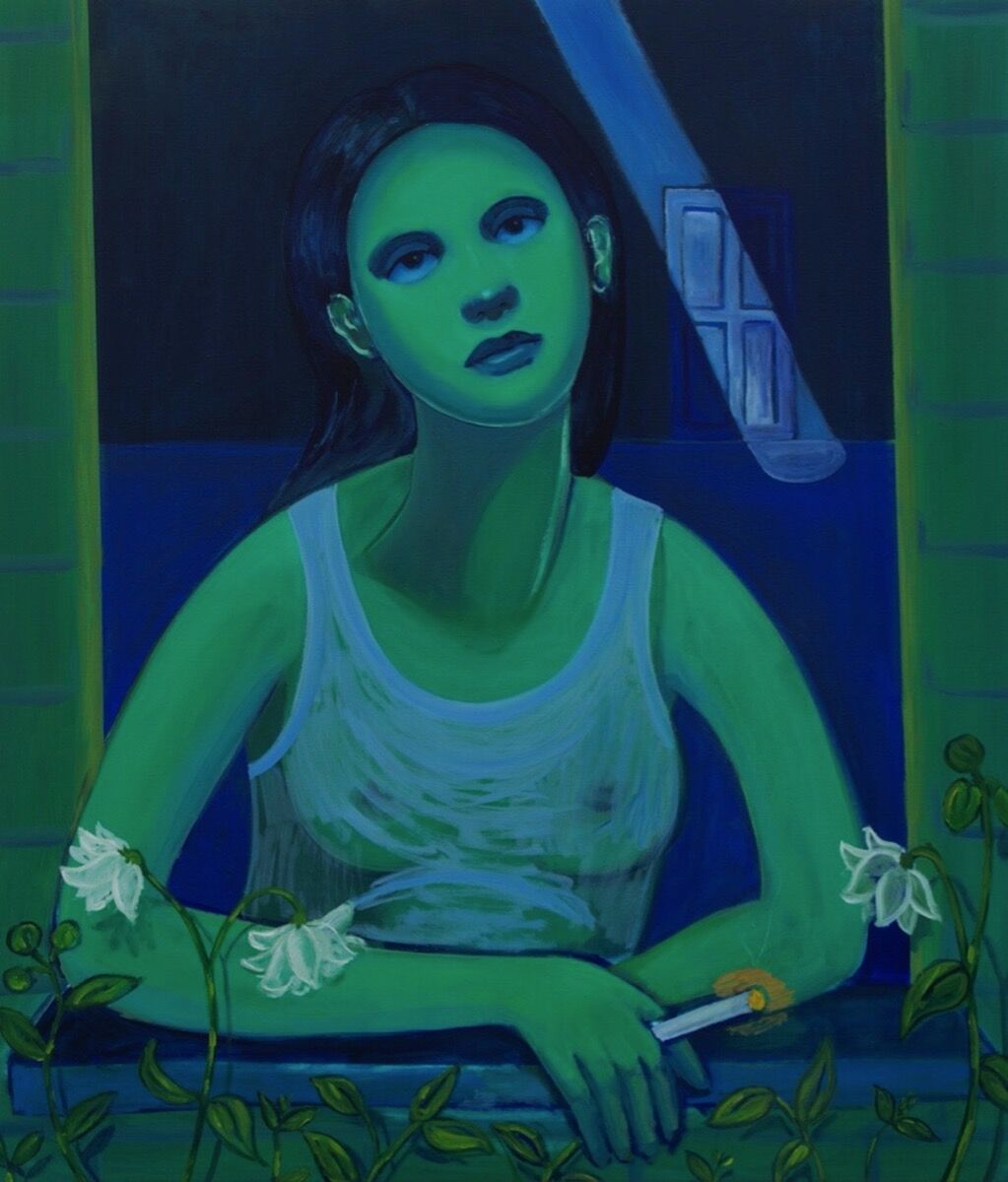
Bambou Gili, Blue Summer (An Ode to Matthew Wong), 2020. Courtesy of artist and Arsenal Contemporary.

Bambou Gili, Ophelia in the Tub, 2019. Courtesy of artist and Arsenal Contemporary.
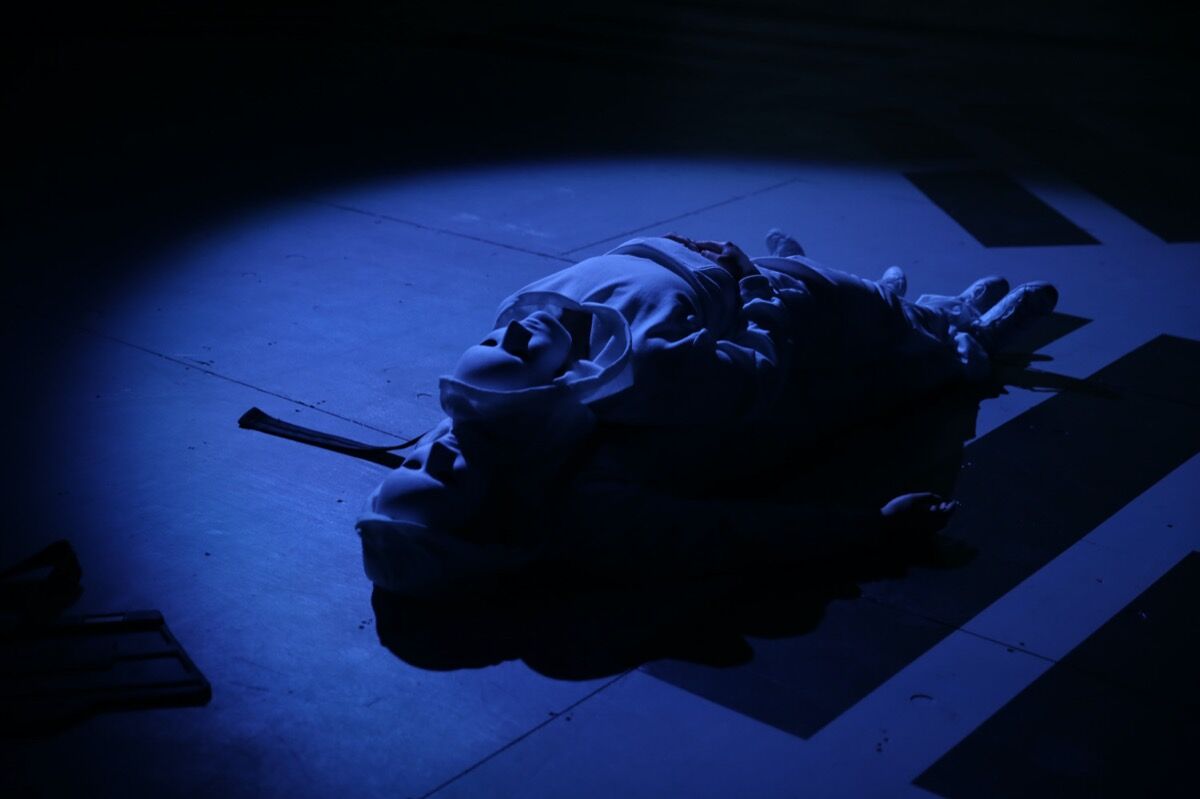
Kenneth Tam, performance view of The Crossing at the Kitchen, 2020. Courtesy of the artist and Commonwealth and Council, Los Angeles.
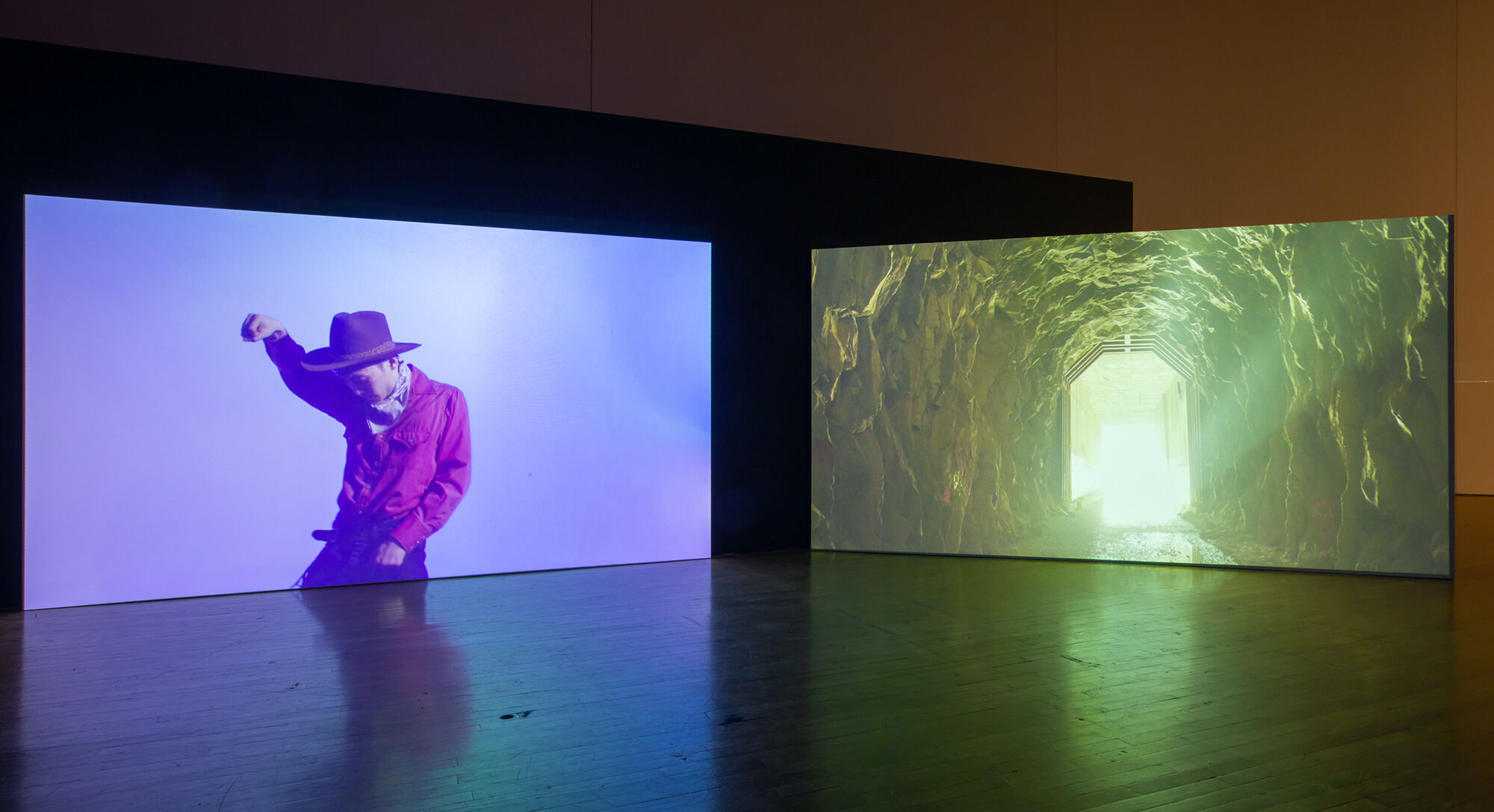
Kenneth Tam, installation view of Silent Spikes, 2021, at Queens Museum, New York. Photo by Jason Mandella. Courtesy of the artist and Commonwealth and Council, Los Angeles.
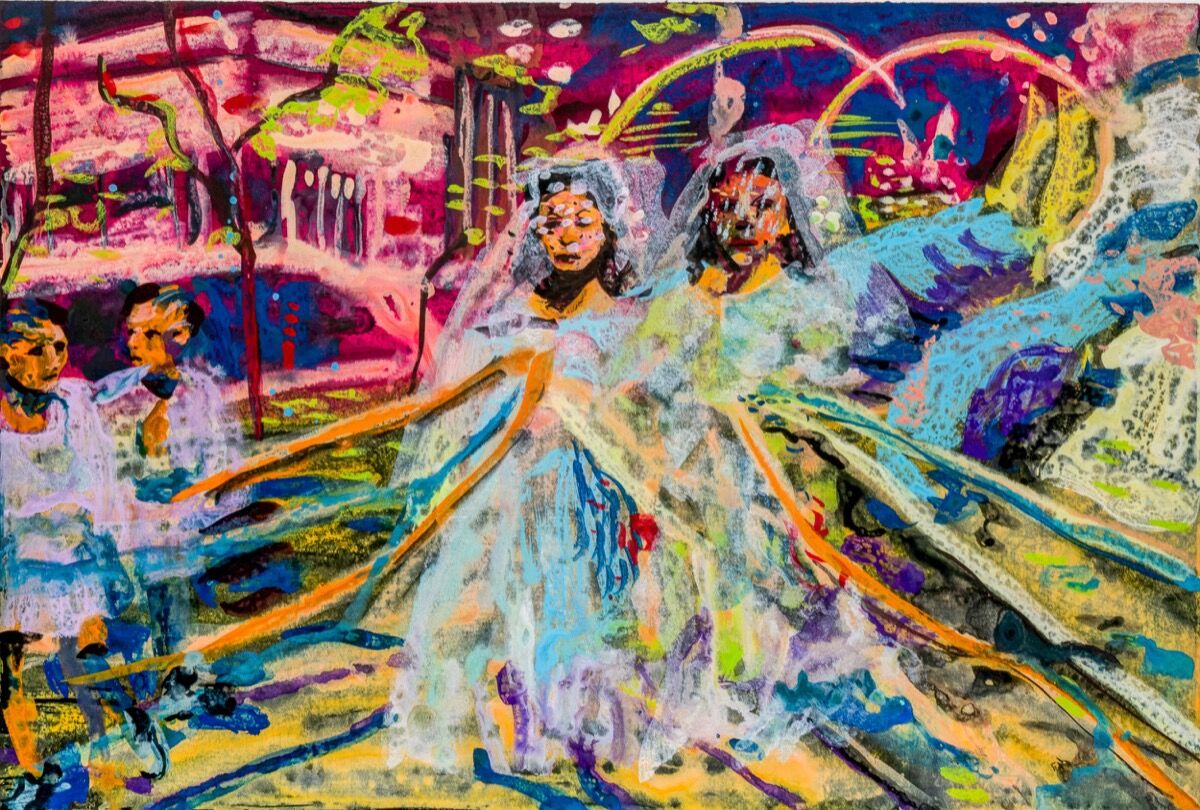
Maia Cruz Palileo, Flores, 2020. Courtesy of the artist and Monique Meloche.
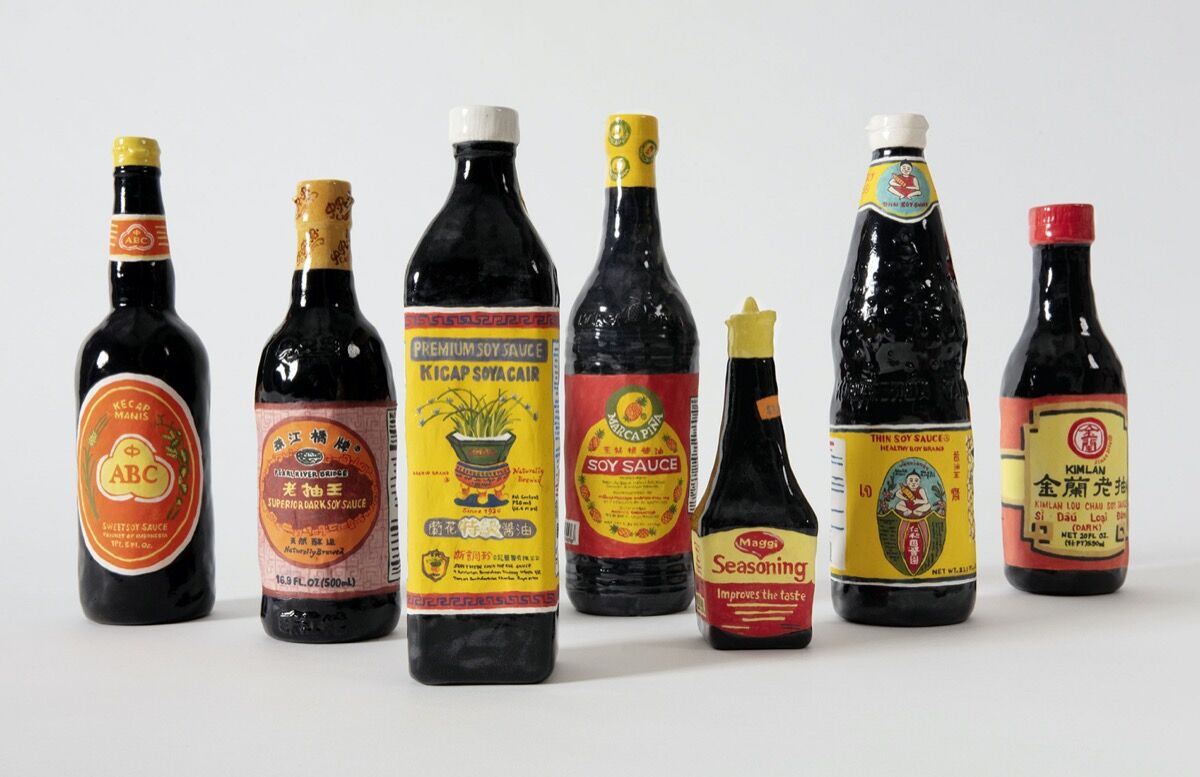
Stephanie H. Shih, installation view in “Same Same” at Perrotin, 2020. Courtesy of the artist and Perrotin.
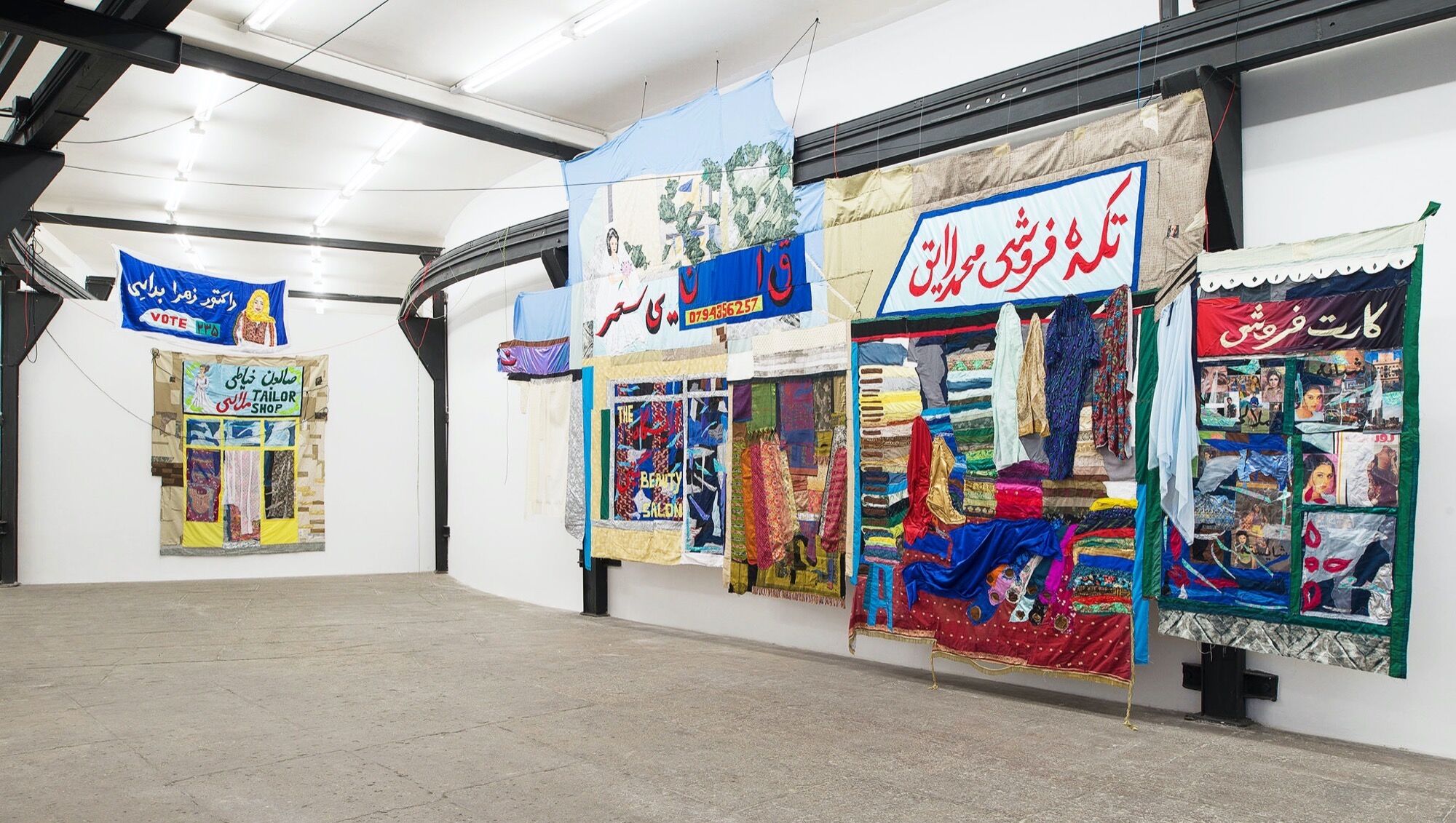
Hangama Amiri, installation view of “Bazaar, A Recollection of Home,” 2020, at T293, Rome. Photo by Roberto ApaCourtesy of the artist and T293.
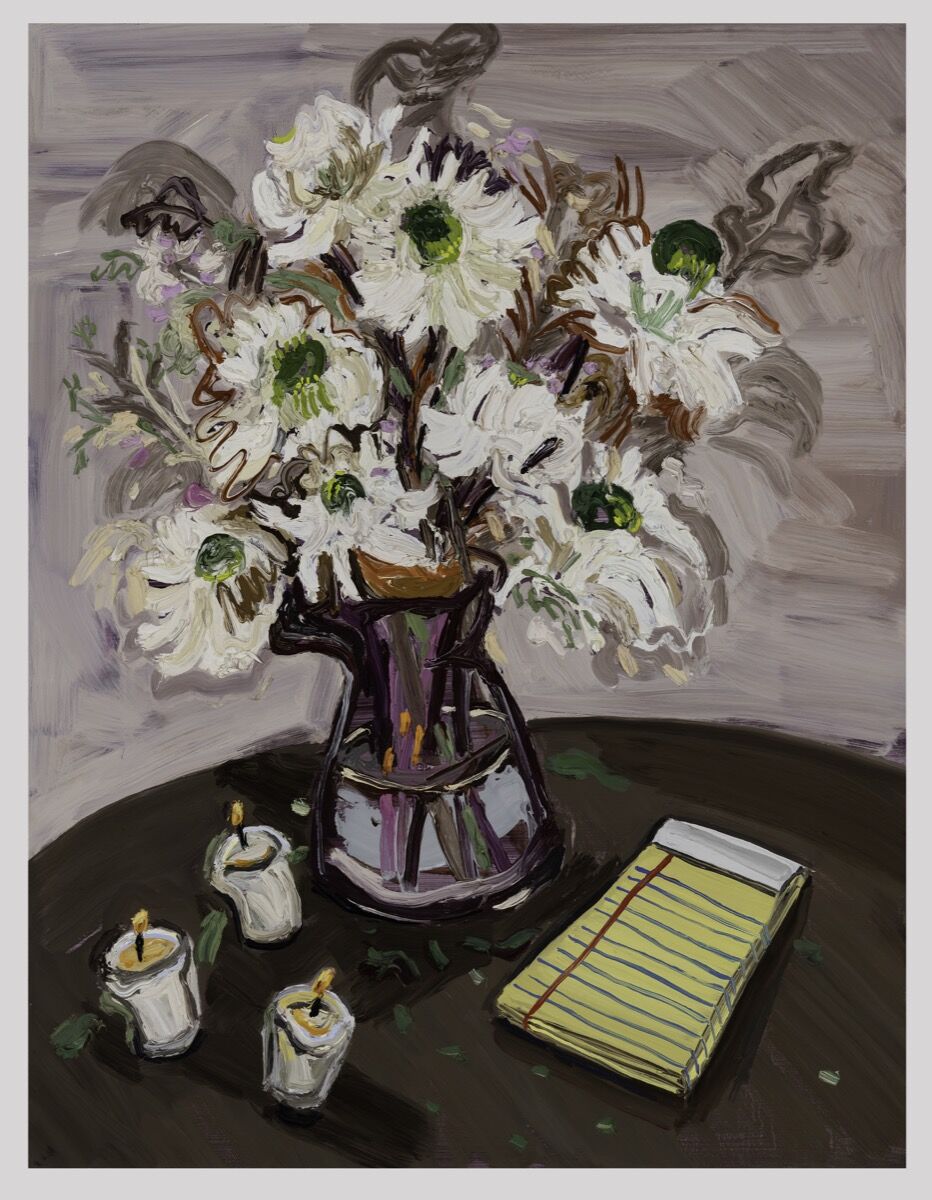
Susan Chen, March 16th Remembrance Mums, 2021. Courtesy of the artist.

Susan Chen, MFA: Pay to Play, 2020. Courtesy of the artist.
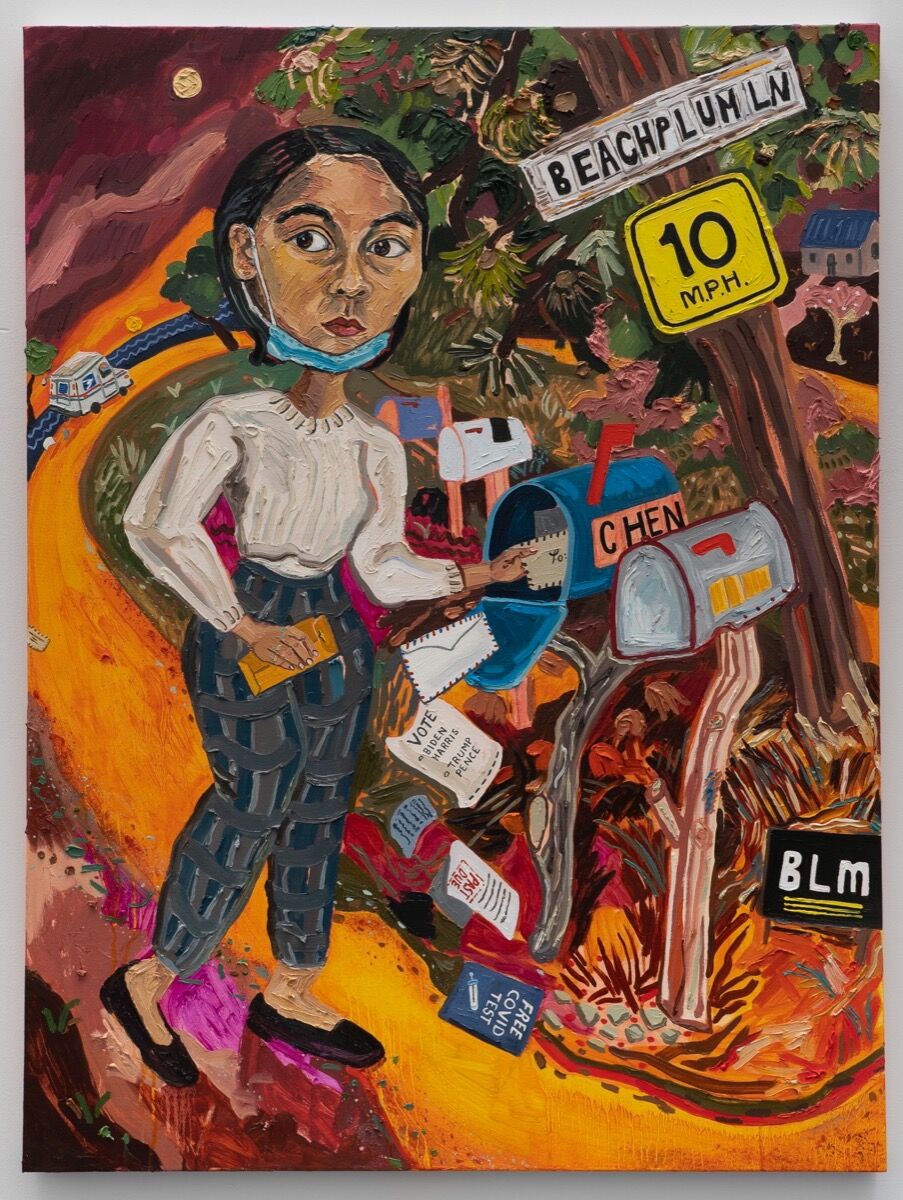
Susan Chen, Snail Mail, 2020. Courtesy of the artist.
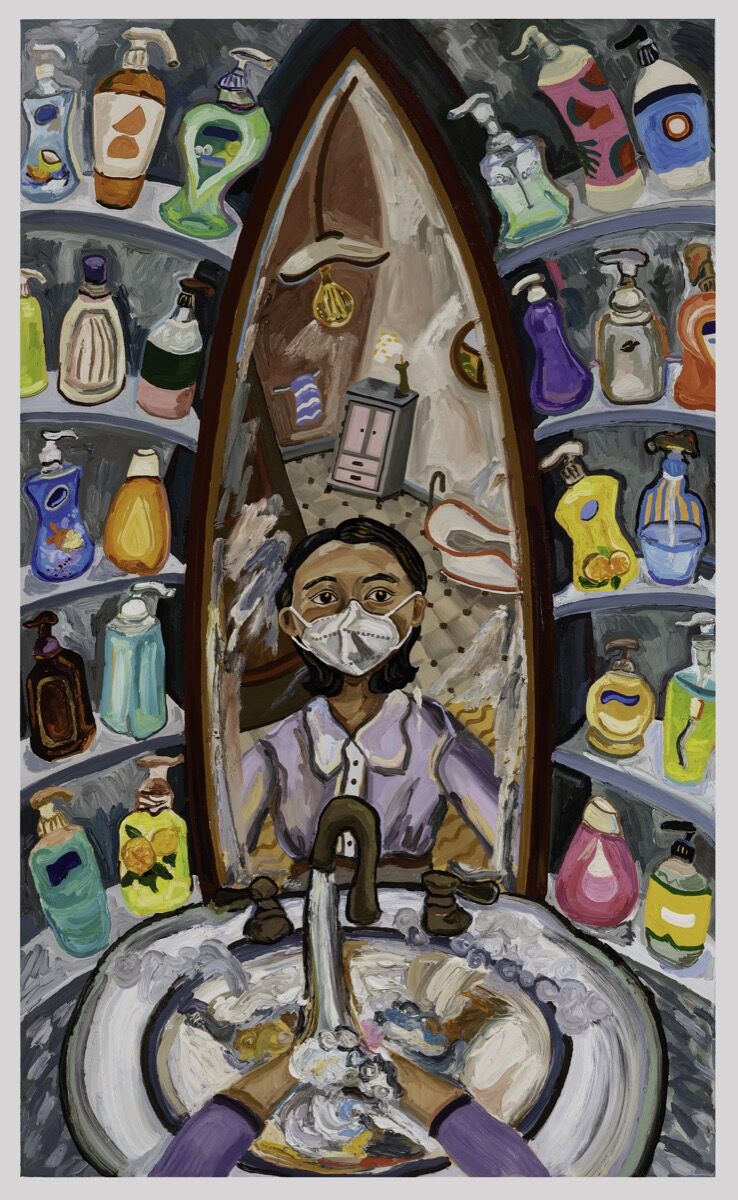
Susan Chen, Hand Soaps Galore, 2021. Courtesy of the artist.
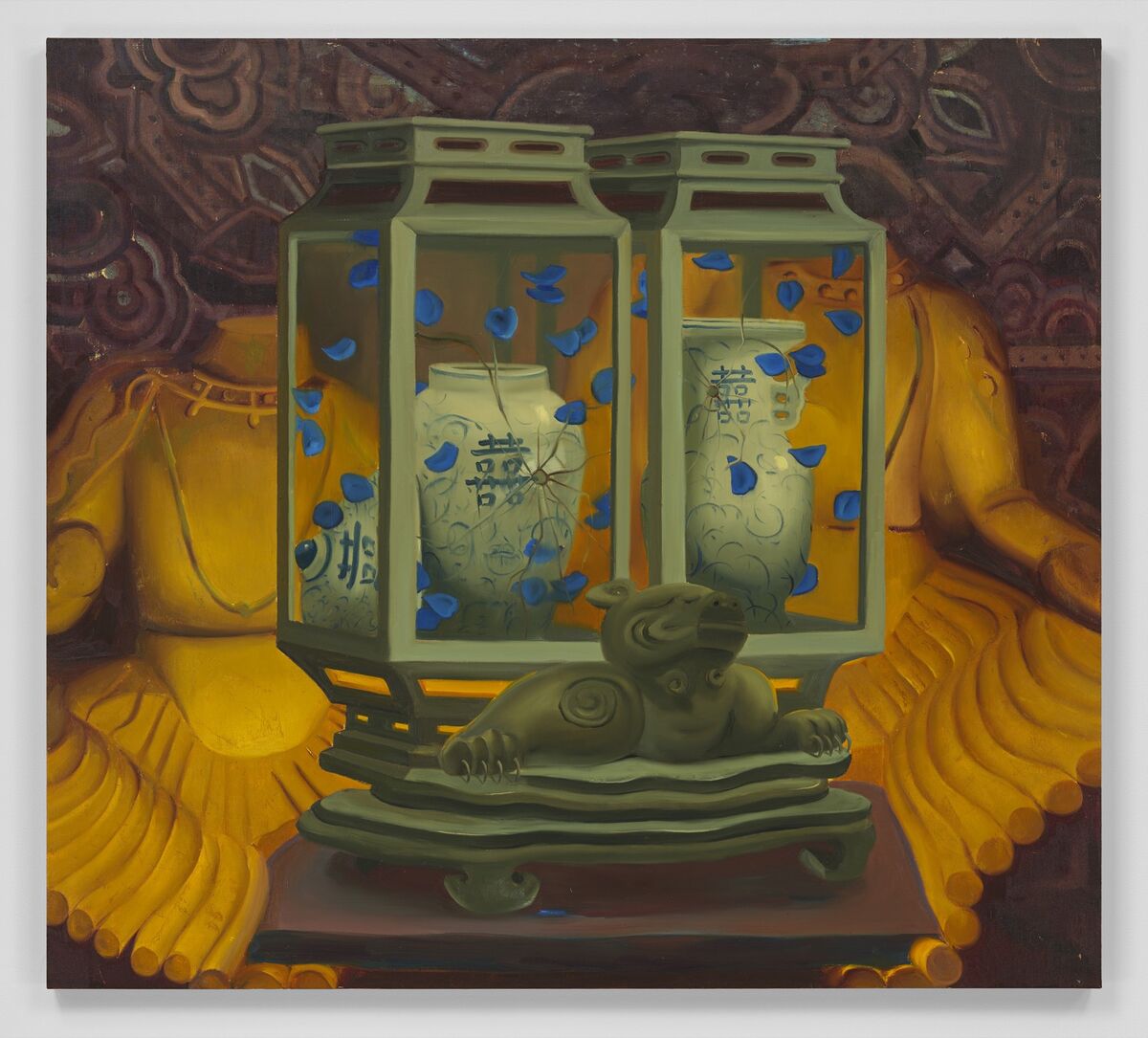
Dominique Fung, Double Happiness, 2021. Photo by Cooper Dodds and Genevieve Hanson. Courtesy of the artist; Jeffrey Deitch, New York; and Nicodim Gallery, Los Angeles.
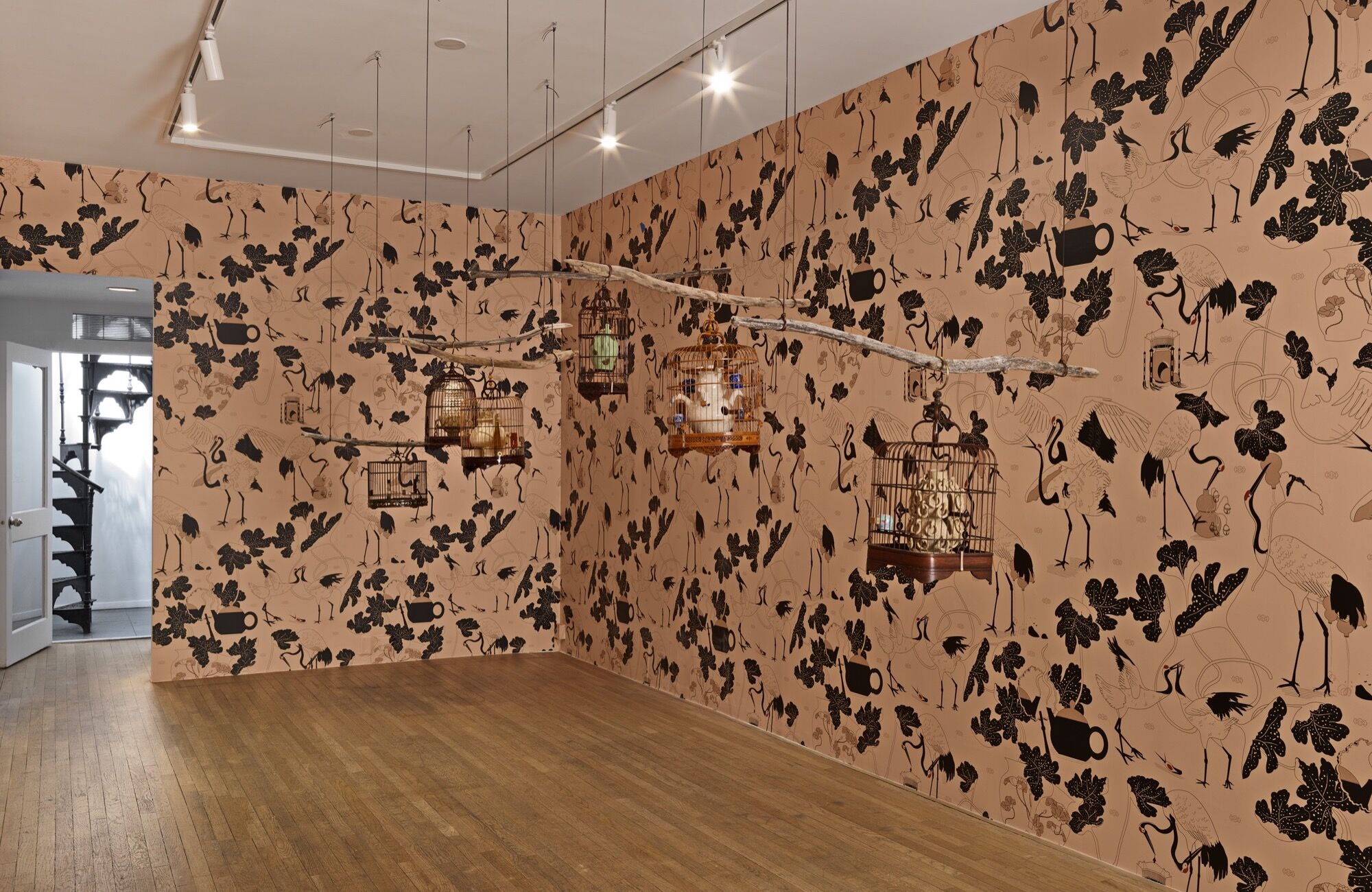
Dominique Fung, installation view of “It’s Not Polite To Stare” at Jeffrey Deitch, New York, 2021. Photo by Cooper Dodds and Genevieve Hanson. Courtesy of the artist and Jeffrey Deitch, New York.
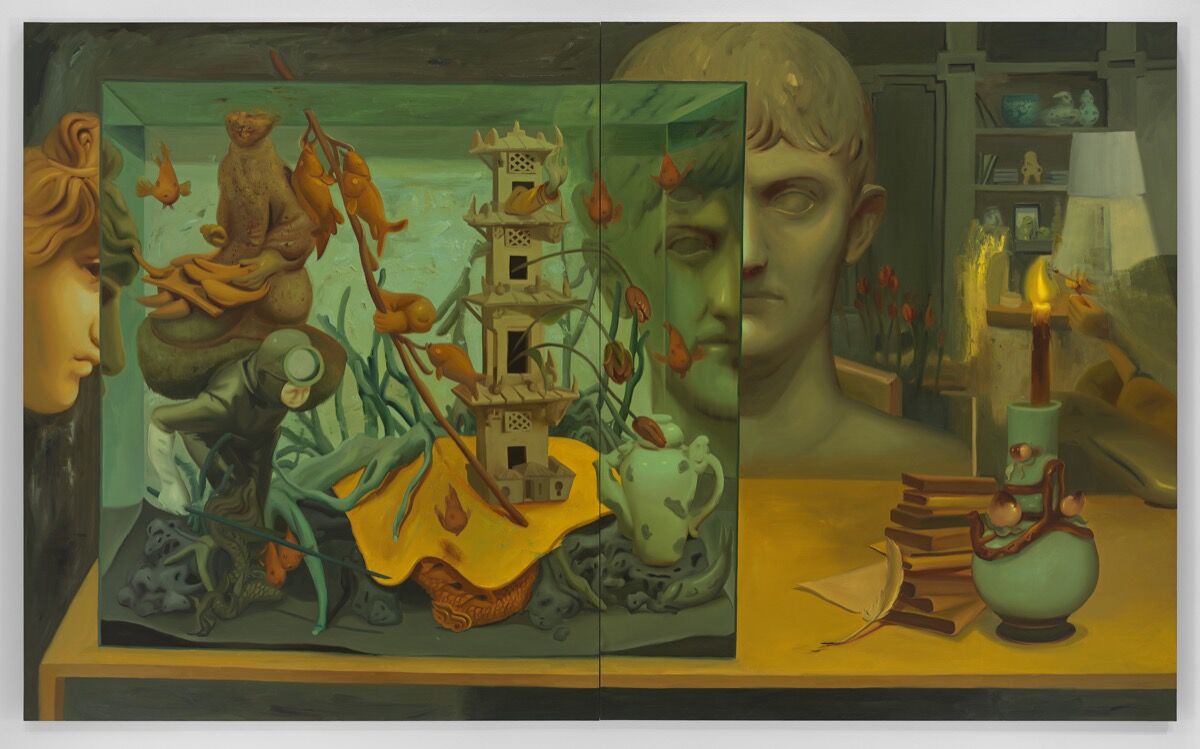
Dominique Fung, Look Steadily and Intently, 2021. Courtesy of the artist; Jeffrey Deitch, New York; and Nicodim Gallery, Los Angeles.
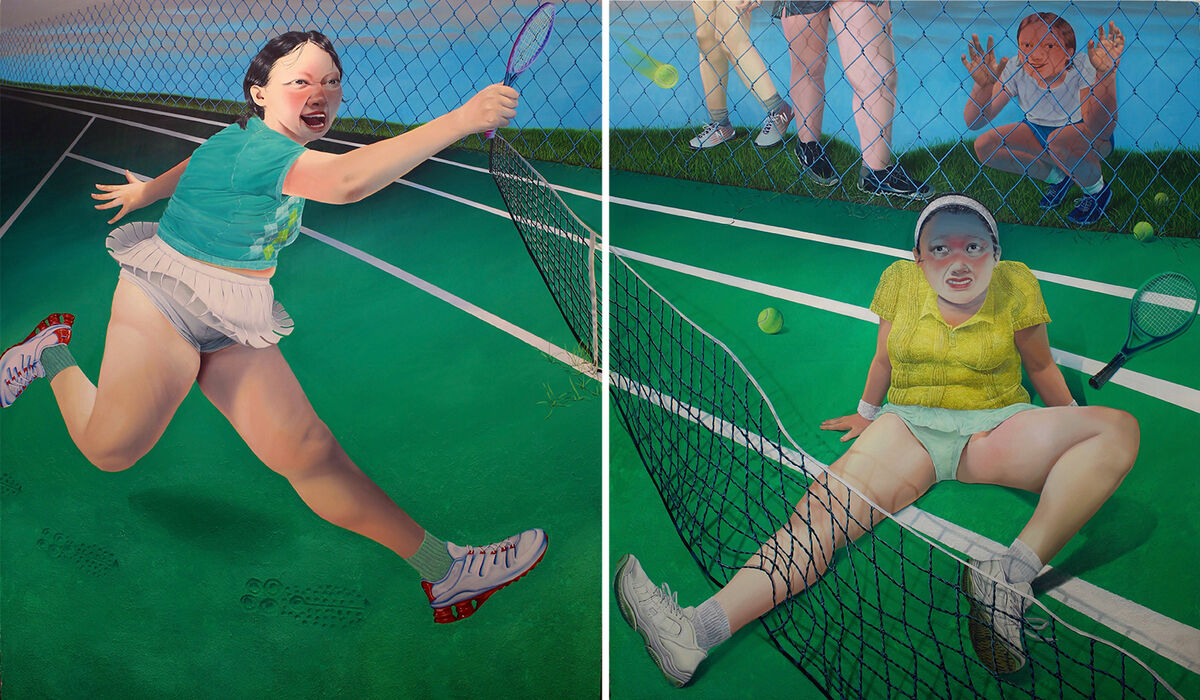
Sasha Gordon, Sore Loser, 2020. Courtesy of the artist and Matthew Brown Los Angeles.
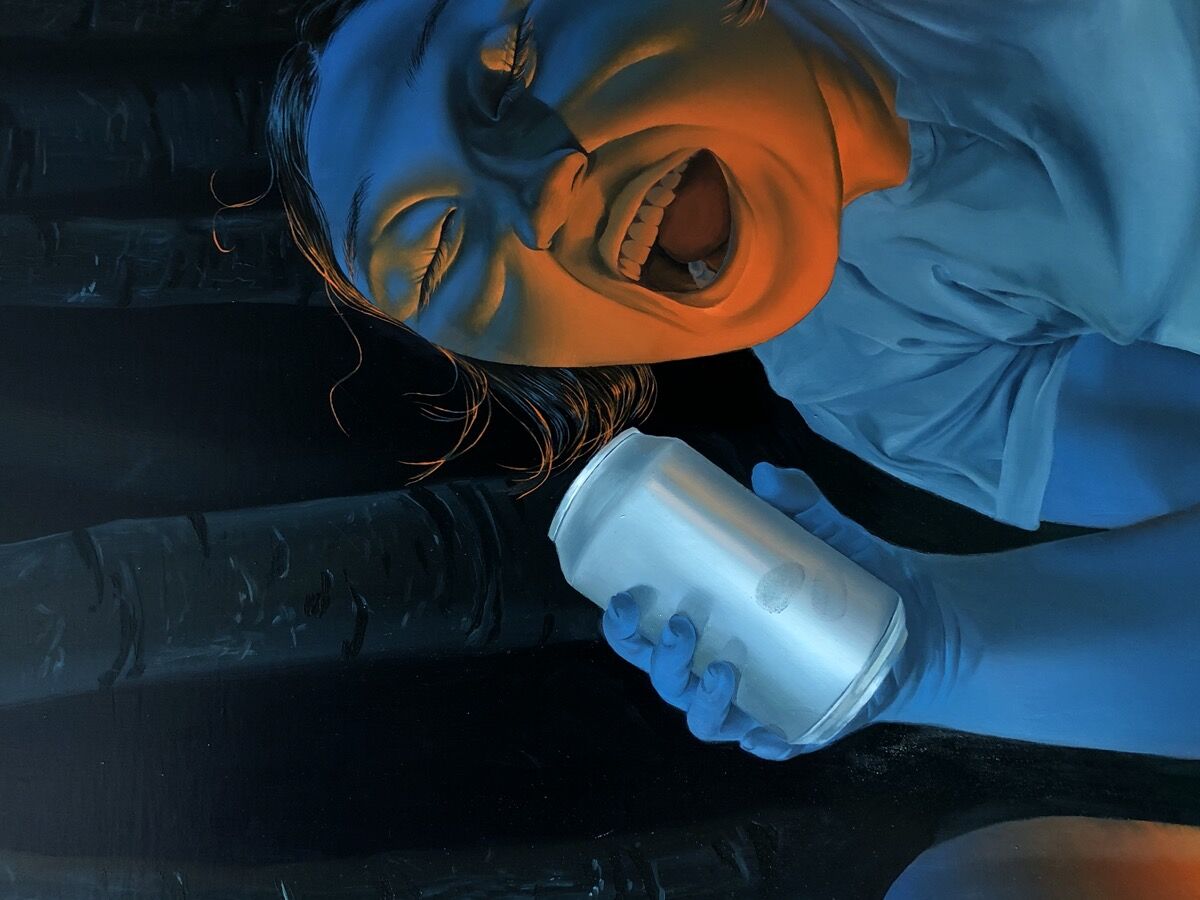
Sasha Gordon, detail of Bonfire, 2020–21. Courtesy of the artist and Matthew Brown Los Angeles.
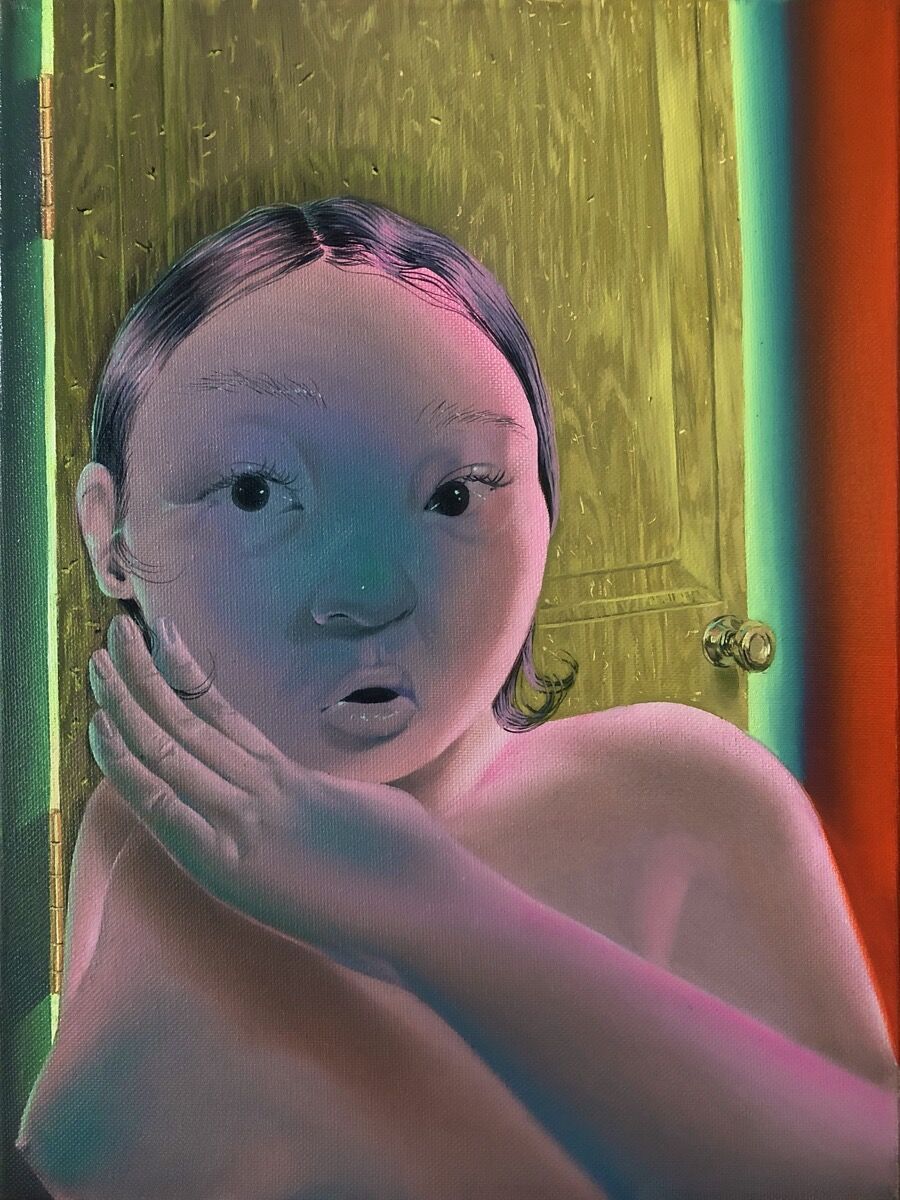
Sasha Gordon, Untitled, 2020. Courtesy of the artist and Matthew Brown Los Angeles.
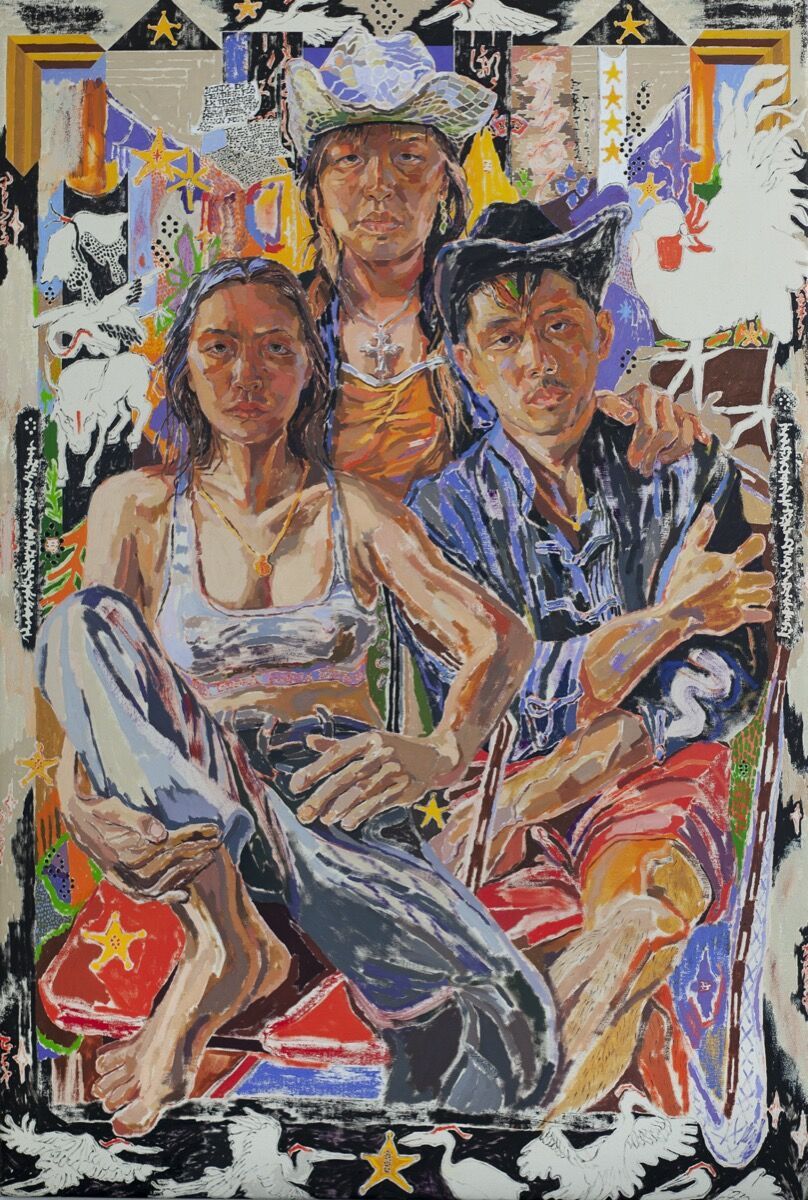
Oscar yi Hou, birds of a feather flock together, aka: A New Family Portrait, 2020. Courtesy of the artist and Carl Freedman Gallery
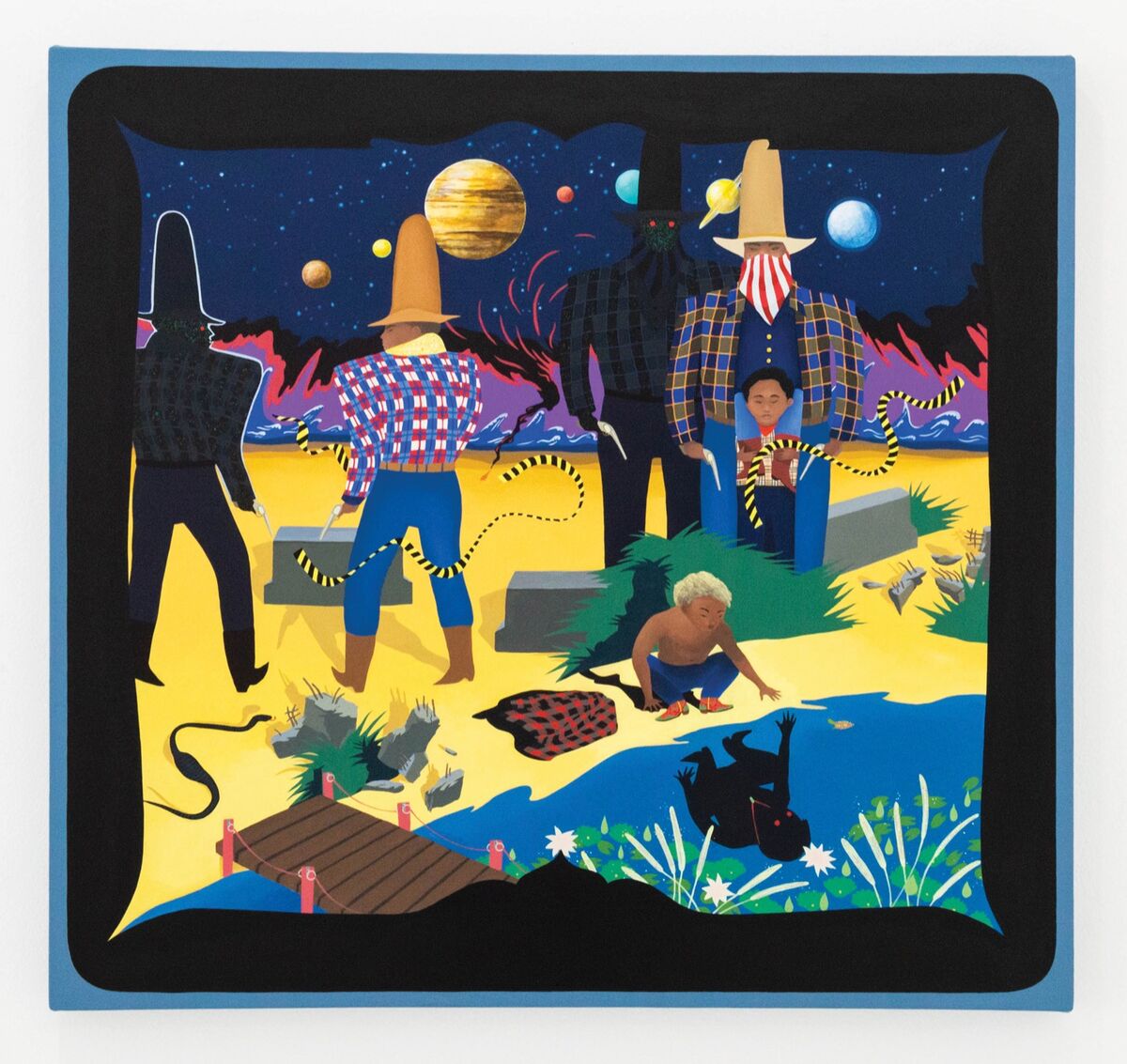
Yowshien Kuo, But Victor Denies the Similarities Between Himself and the Monster, 2019. Courtesy of the artist.
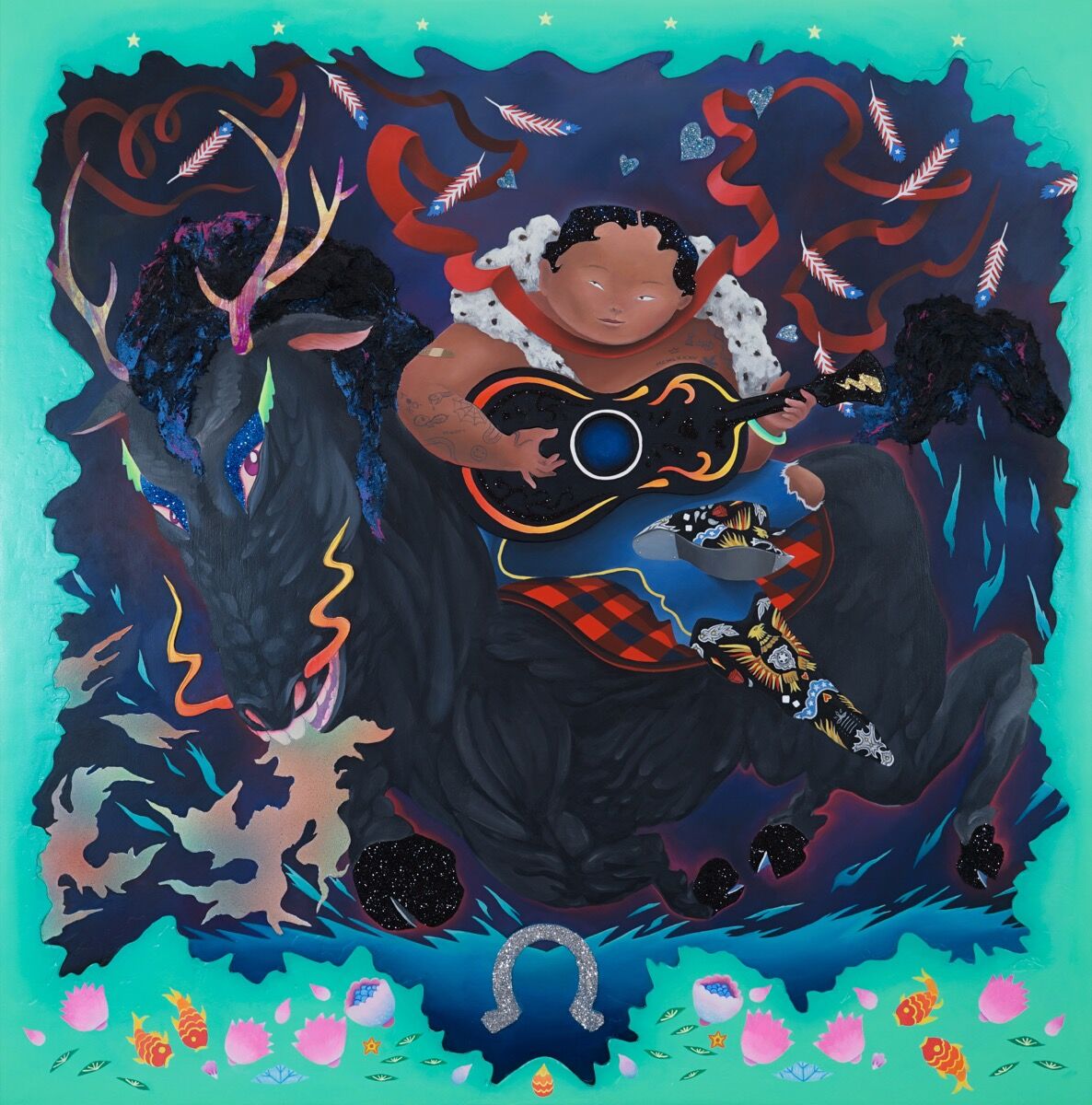
Yowshien Kuo, The Black Dragon Rider. All My Homies Got Their Foot on the Gas, 2020. Courtesy of the artist.
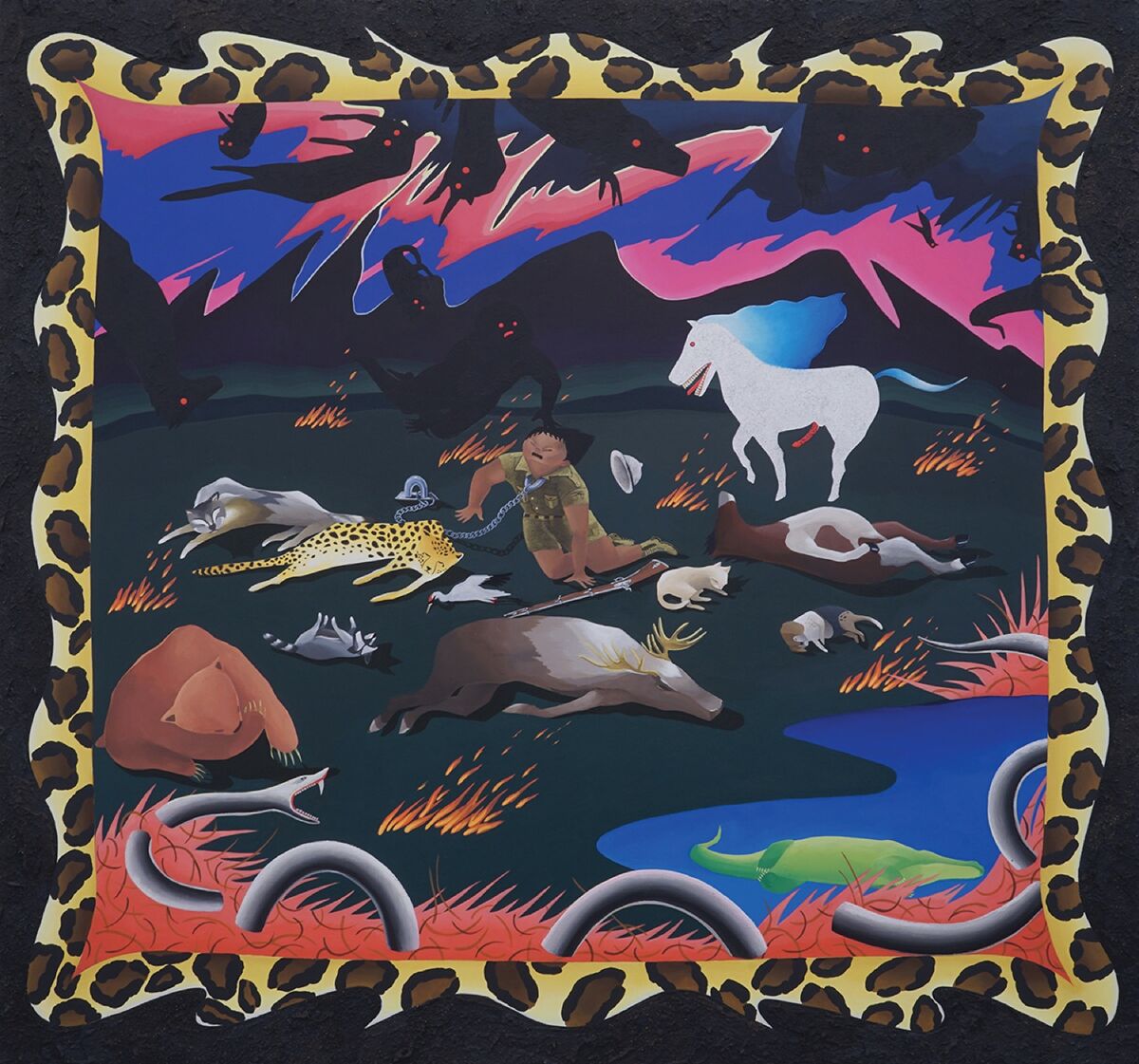
Yowshien Kuo, Natural as Prometheus Hating the Birds, 2020. Courtesy of the artist.
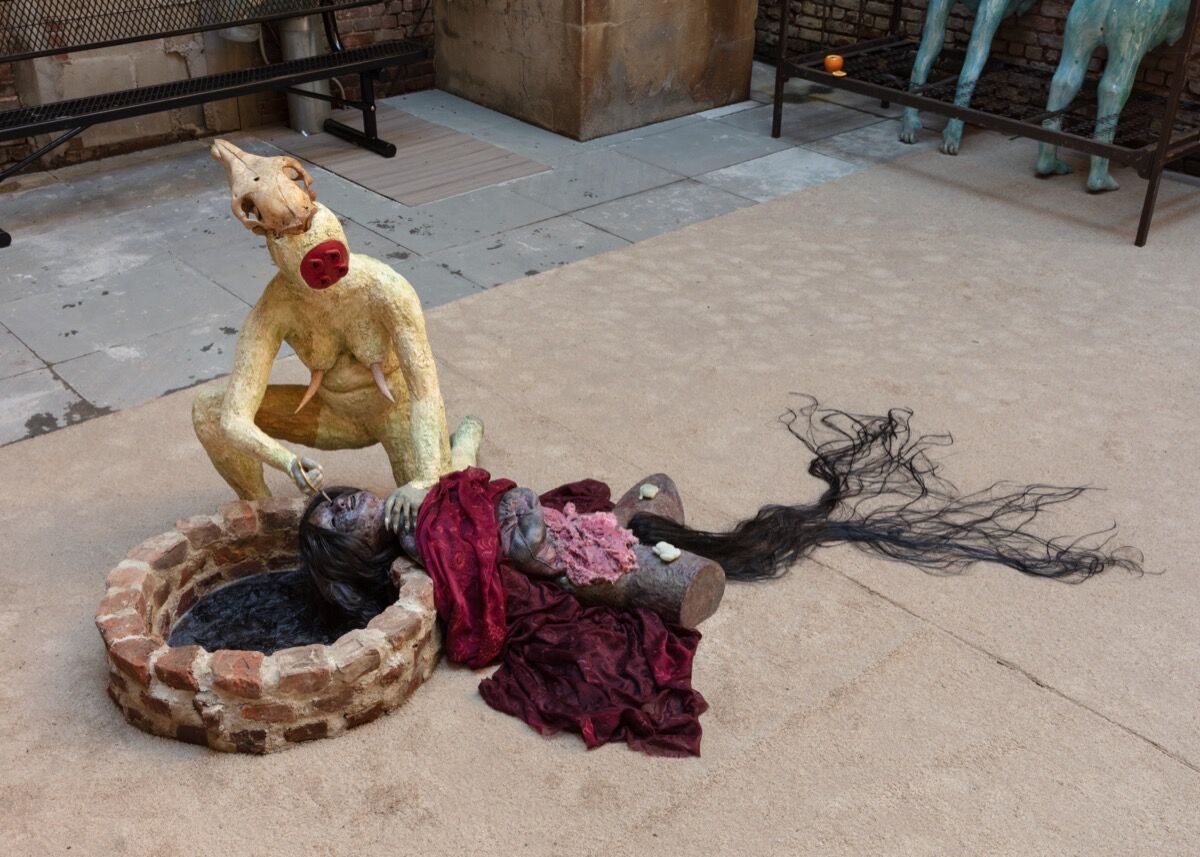
Catalina Ouyang, installation view of “cunt waifu” at Lyles & King, 2020. Photo by Charles Benton. Courtesy of the artist and Lyles & King.
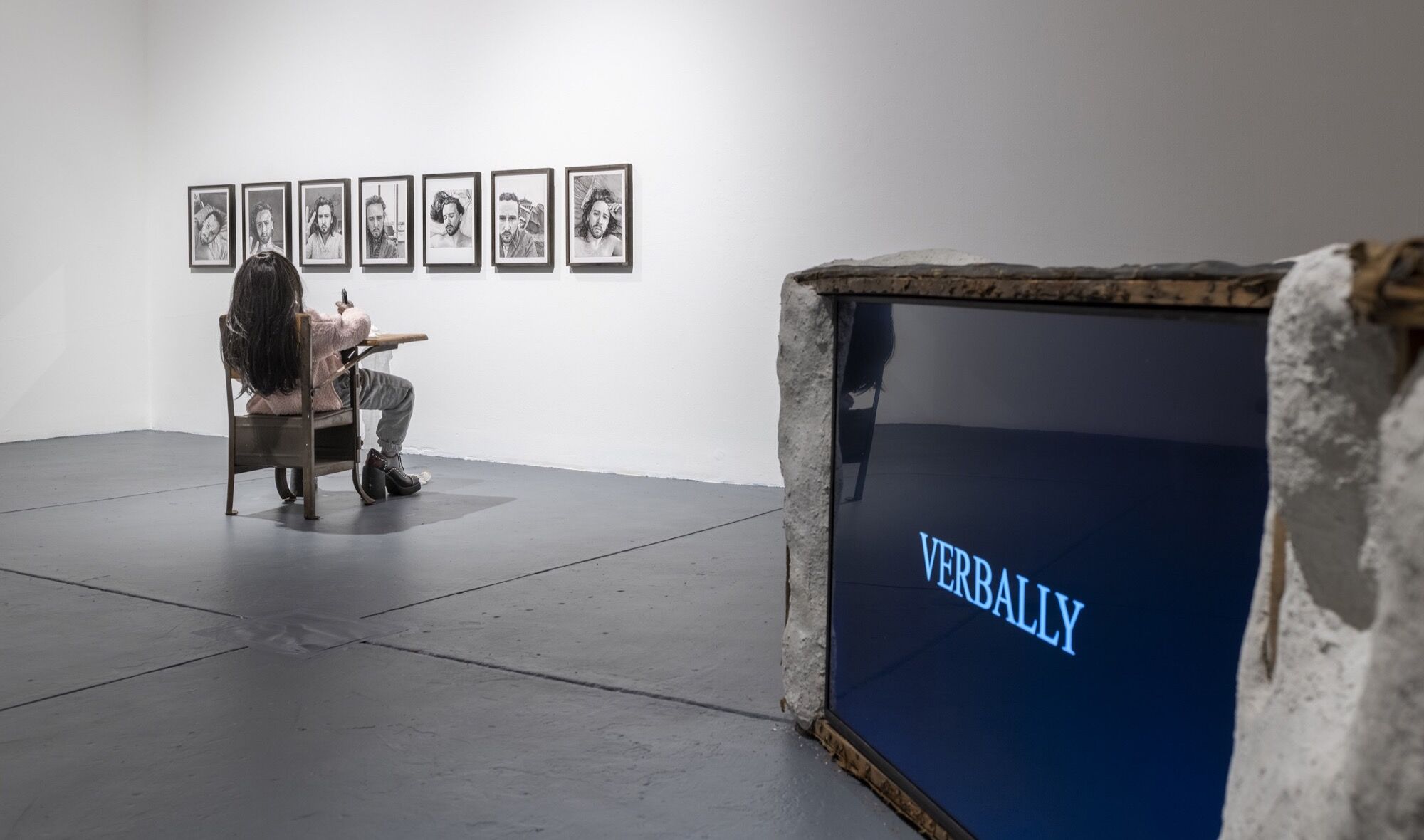
Catalina Ouyang, installation view in “THE SIREN” at Real Art Ways, 2021. Photo by John Groo. Courtesy of the artist and Real Art Ways.
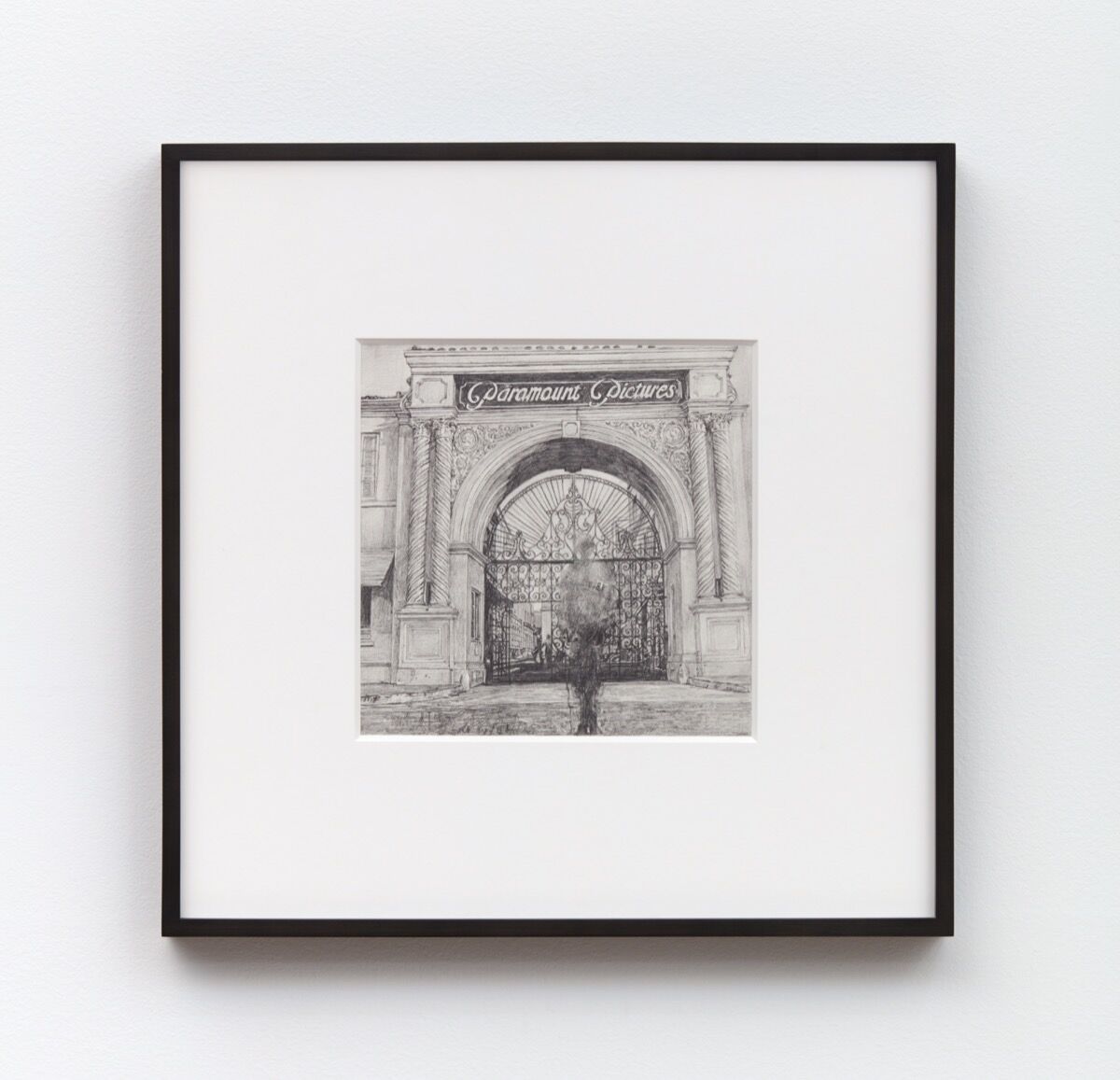
Kang Seung Lee, Untitled (Tseng Kwong Chi, Los Angeles, California, 1979), 2019. Photo by Paul Salveson. Courtesy of the artist and Commonwealth and Council, Los Angeles.
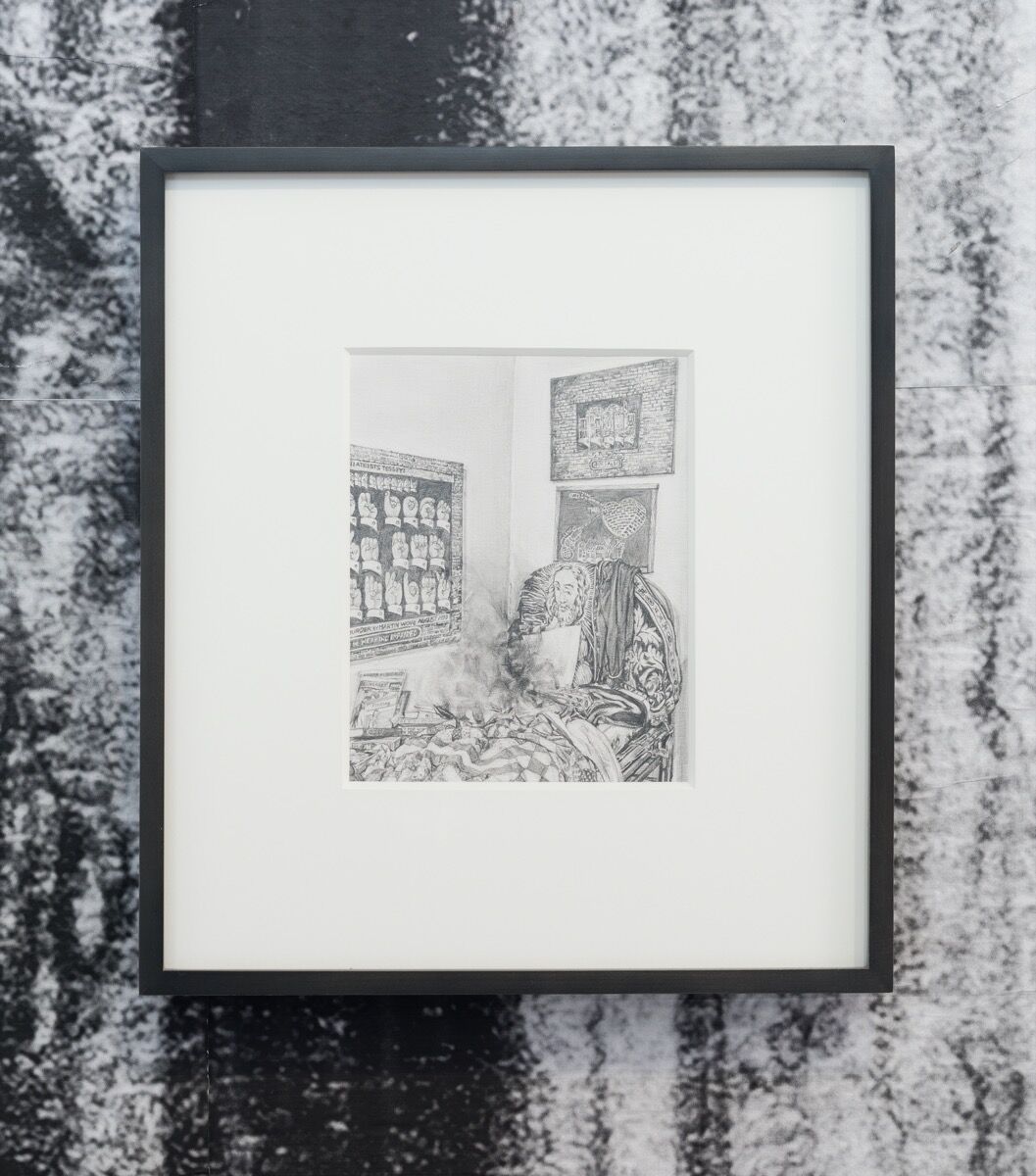
Kang Seung Lee, Untitled (Martin Wong by Peter Bellamy_1985), 2016. Photo by Ruben Diaz. Courtesy of the artist and Commonwealth and Council, Los Angeles.
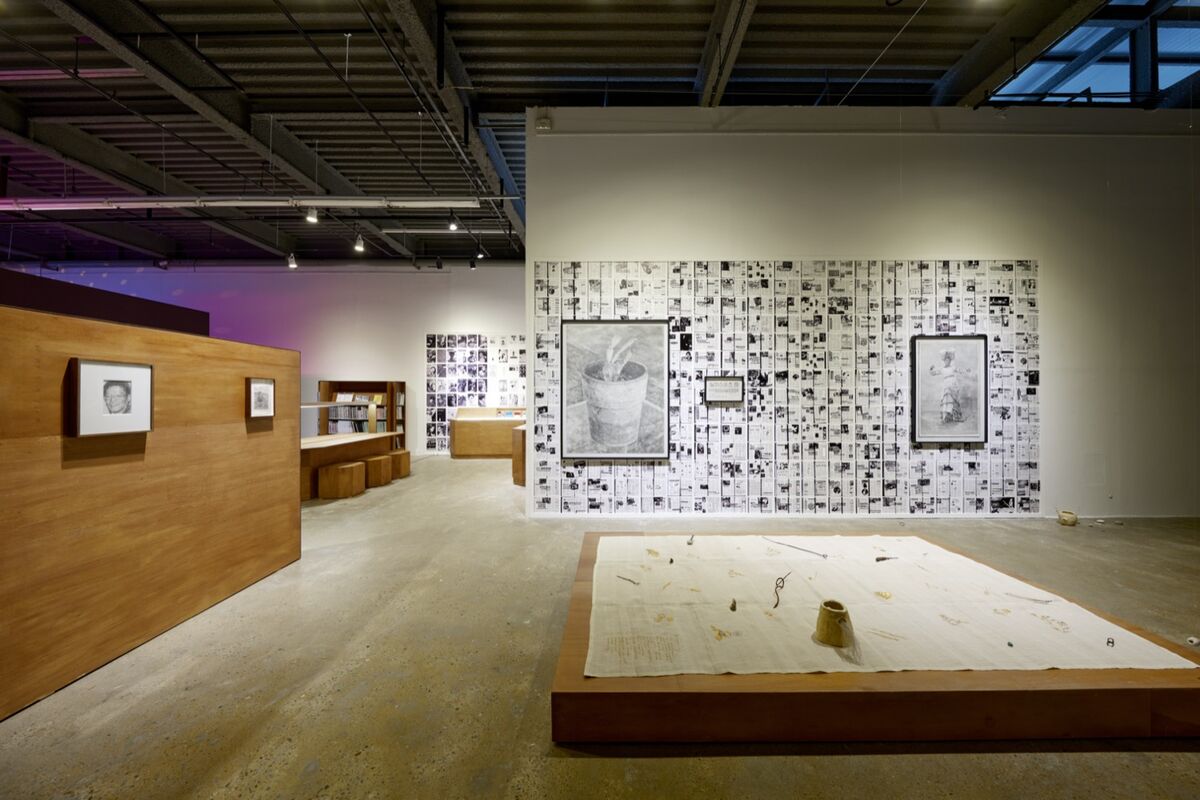
Kang Seung Lee, installation view of Untitled (QueerArch), 2018–21, in the 13th Gwangju Biennale, Gwangju, 2021. Photo by Sang tae Kim. Courtesy of the artist and the Gwangju Biennale.
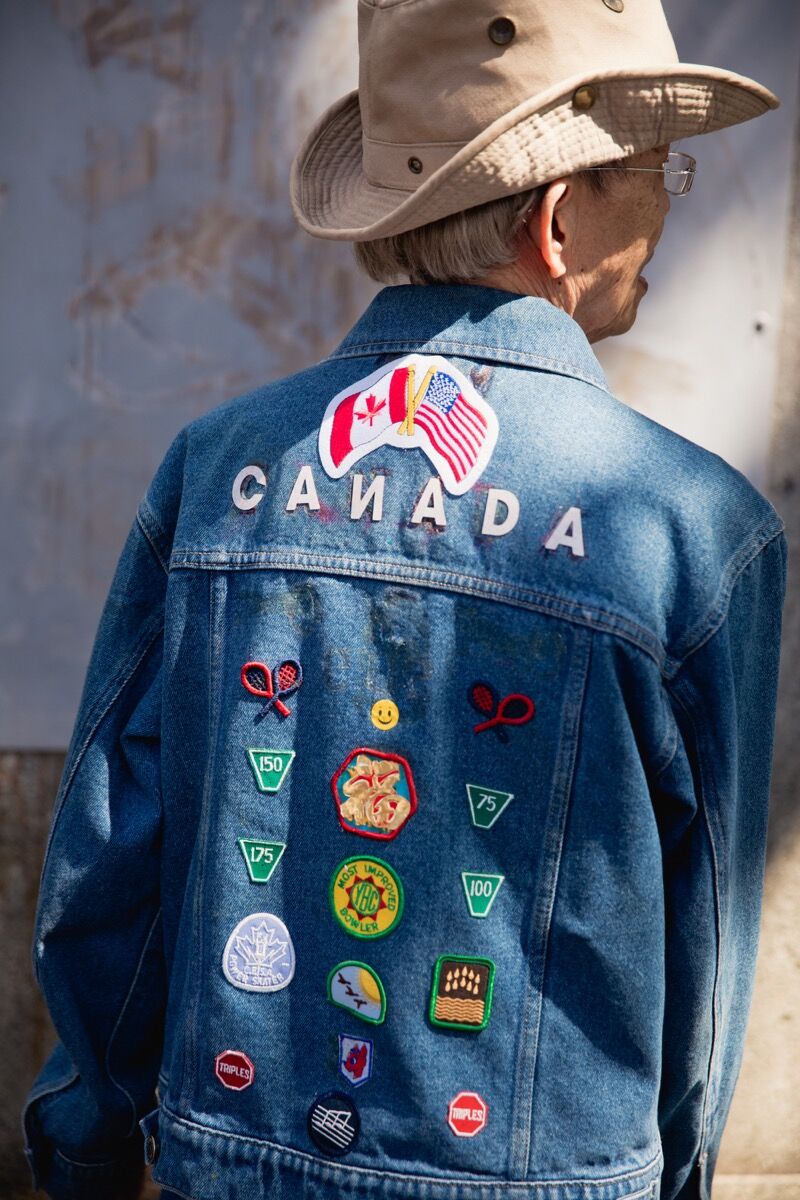
Andria Lo, In Canadian Tuxes We Trust, 2018. Courtesy of the artist and Chinatown Pretty.
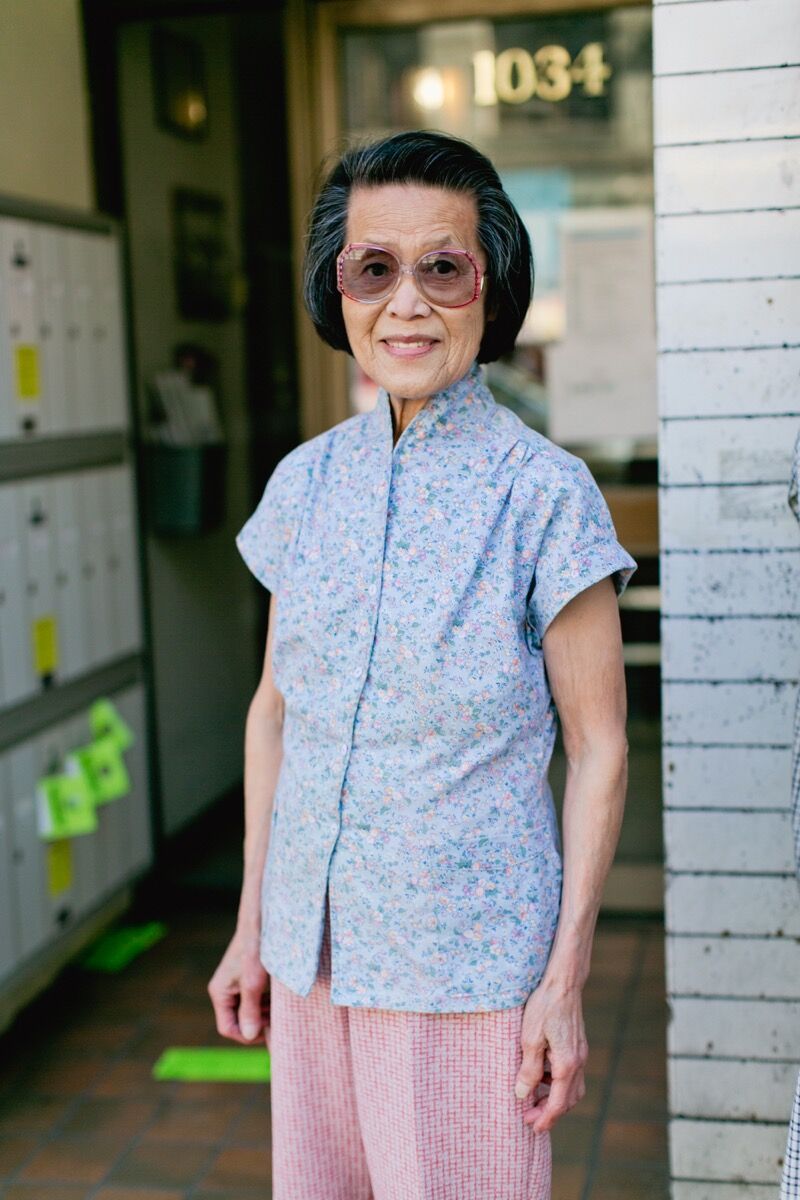
Andria Lo, Joyce Wing, 2015. Courtesy of the artist and Chinatown Pretty.
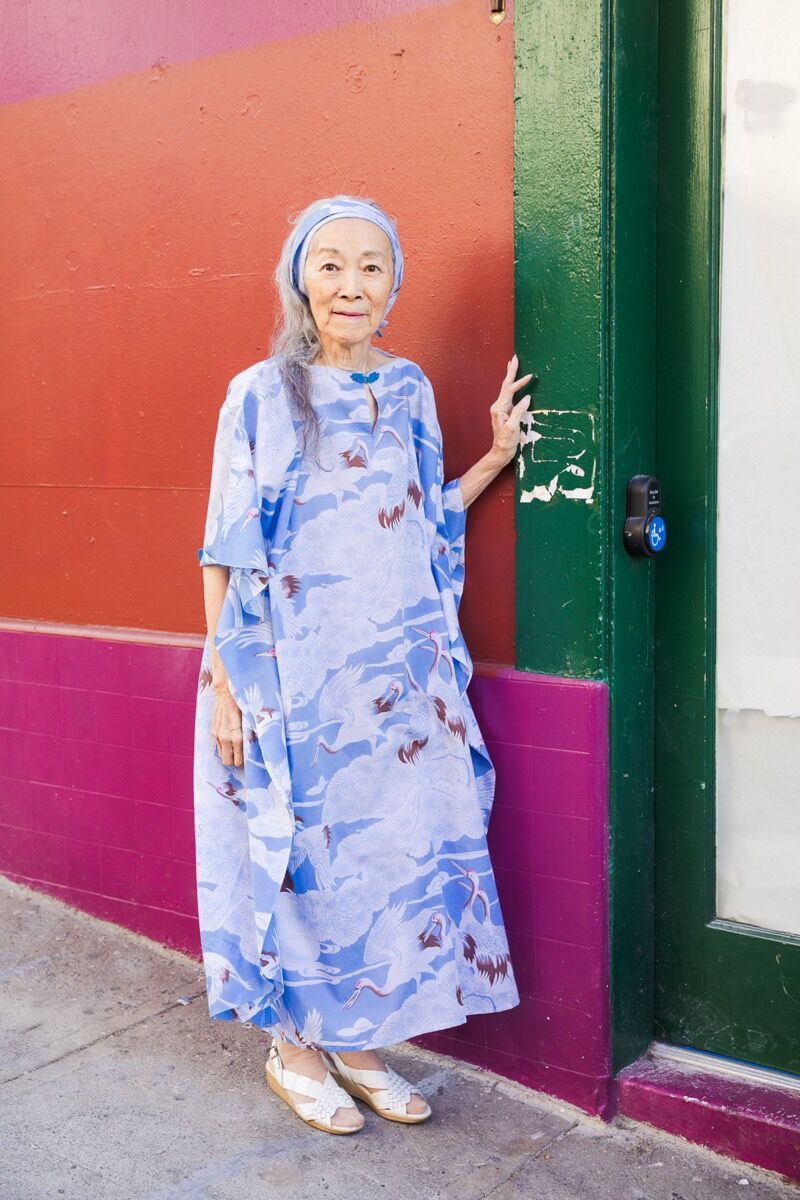
Andria Lo, Dorothy G.C. Quok in her cranes outfit, 2019. Courtesy of the artist and Chinatown Pretty.
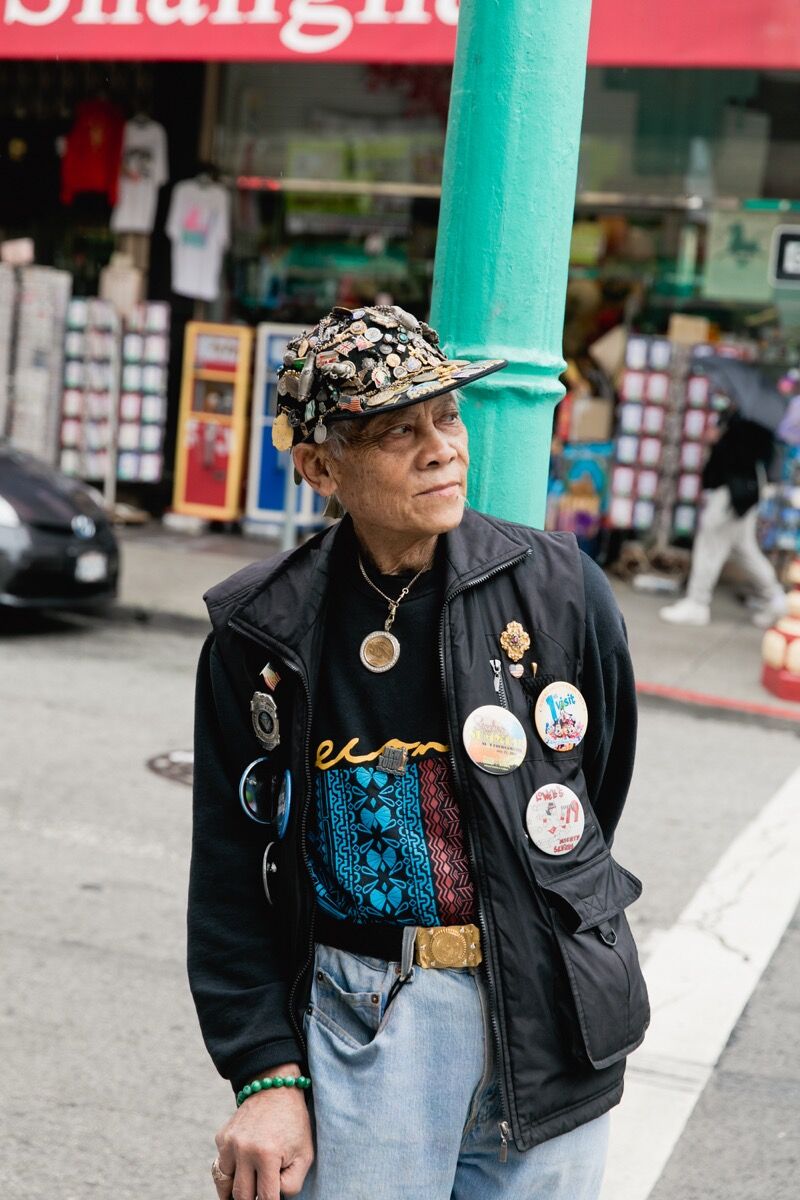
Andria Lo, Angie No Good, 2017. Courtesy of the artist and Chinatown Pretty.


